- Excellent depth of engineering throughout
- Grunty bi-turbo diesel engine
- XLS is as well-rounded as upper-spec models
- Upper-spec XLT is better value for money
- A plastic steering wheel and halogen headlights for $60k?
- Expensive for a second-from-base model
Here at DiscoverAuto, we’ve been very impressed with the new generation Ford Ranger. So far, we’ve tested the top-spec Wildtrak and the Sport which is positioned directly below it and not only is it our new favourite ute, but it’s one of the highest scoring cars we’ve ever tested. While it’s not perfect and can be quite expensive, it’s extremely well rounded, very well engineered and is a far more mature product than the majority of its competitors. However, our praise for the new Ranger has been based on our experiences with variants that have all the bells and whistles, so how do lesser equipped models stack up? We tested the 2022 Ford Ranger XLS bi-turbo, to find out.
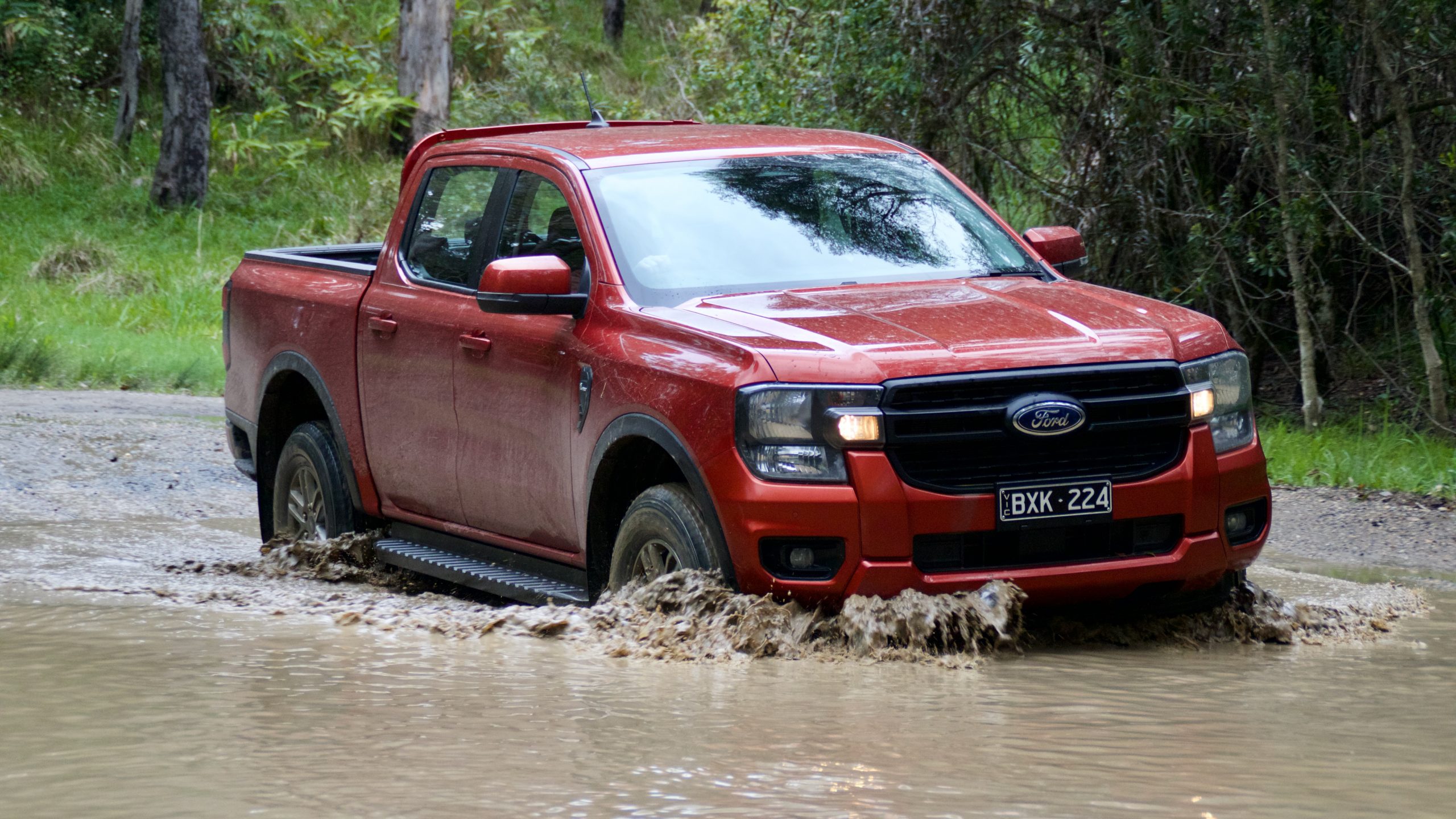
Better still, we were able to take the Ranger XLS on a 1,200km road trip north of Sydney to Coffs Harbour, which was able to answer our questions on if a lower-spec Ranger is as thoroughly well engineered as top-spec models, if spending the extra money on a higher-spec Ranger is worth it and how well suited the Ranger is to Australian conditions. Read on to see what we discovered.
Price & Equipment: 7/10
While the dual-cab 2022 Ford Ranger lineup is priced from $49,930 plus on-road costs, we tested the next-level-up Ranger XLS, which costs $54,330 plus on-road costs (around $60,000 drive away).
Standard equipment on the XLS includes 17-inch alloy wheels, automatic halogen headlights with halogen daytime running lights and front fog lights, a 10.1-inch touchscreen with wireless Apple CarPlay and Android Auto, AM/FM radio, an inbuilt SIM card for online services, access to the FordPass Connect smartphone app, an 8.0-inch digital driver’s display, manual air-conditioning, heated and auto-folding mirrors, an eight-way manual driver’s seat, an alarm, multiple driving modes, two front cabin USB ports, a middle 12V socket, as well as a rear seat 12V socket.
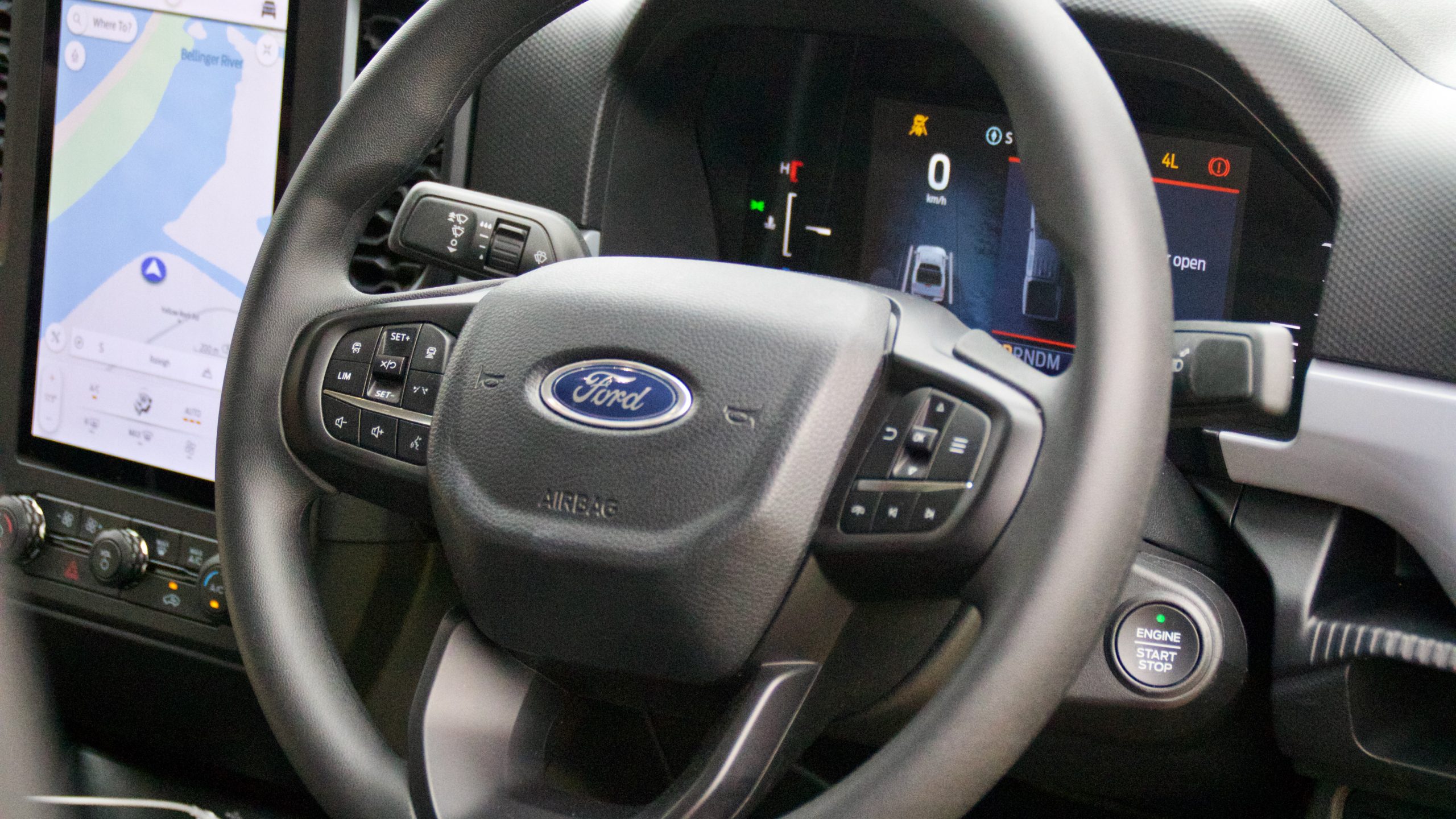
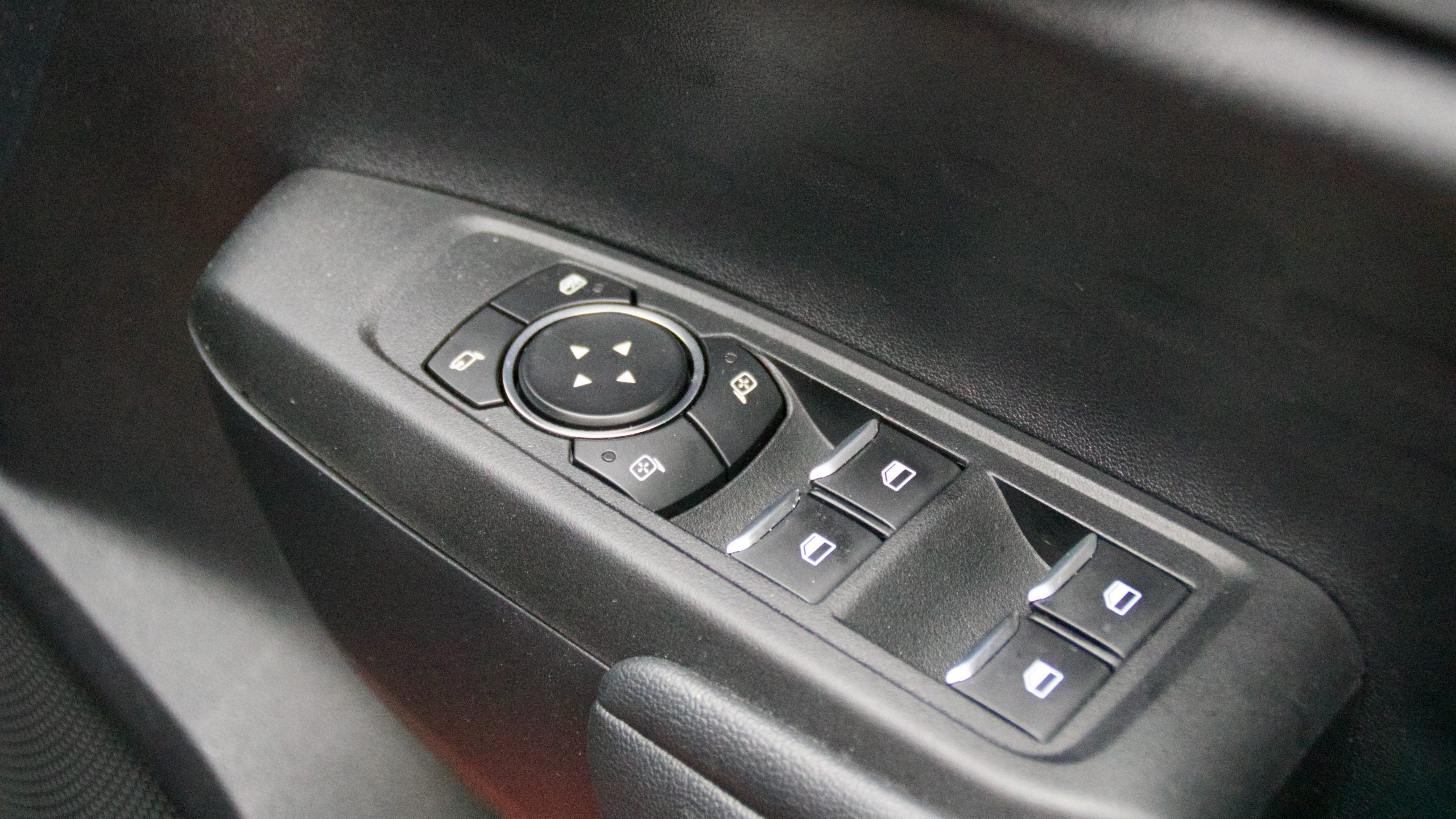
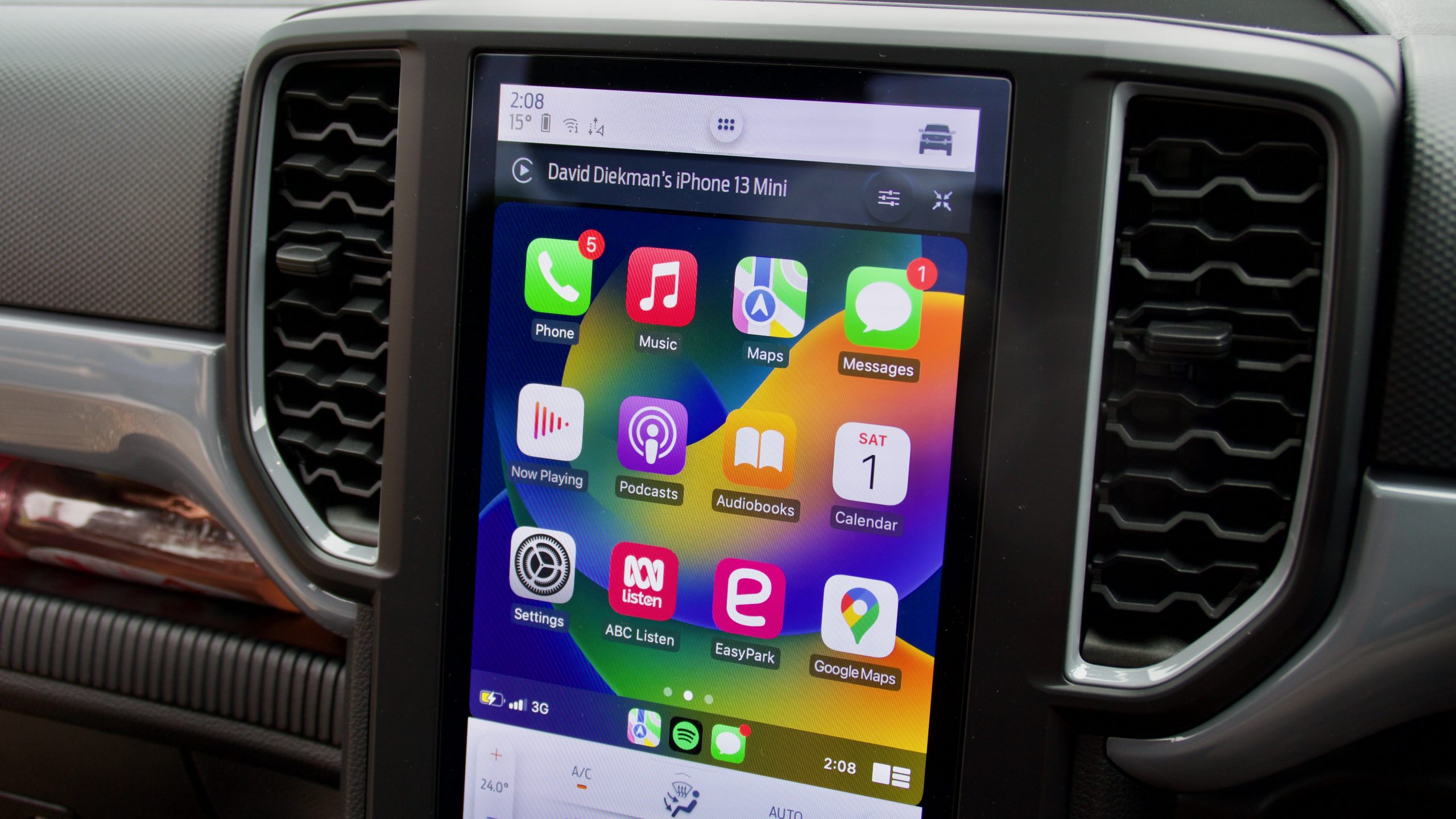
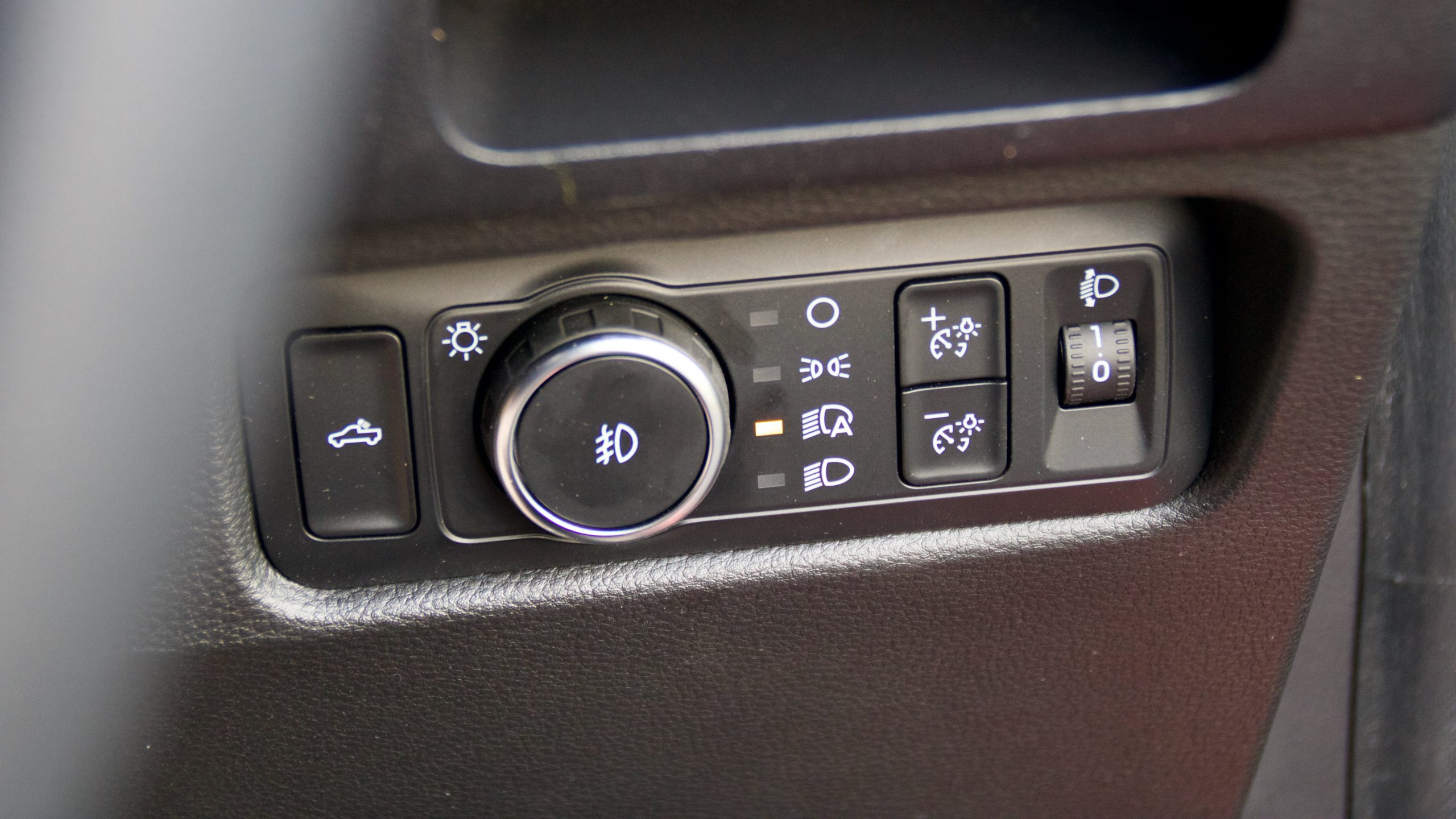
Safety equipment includes nine airbags, auto emergency braking (AEB) with evasive steer assist, adaptive cruise control, blind-spot monitoring with rear cross-traffic alert, traffic sign recognition, driver attention monitoring, intelligent speed assist, lane keep assistance, auto high beam, front and rear parking sensors with reverse automatic braking and a reversing camera.
There are a few options to choose from for the Ranger XLS. The $750 Tech Pack includes a larger 12.0-inch touchscreen with satellite navigation, digital radio, dual-zone climate control with rear vents, keyless entry and start and body coloured door handles. There’s also a $1,700 Tow Pack, which includes a tow bar and tongue assembly, as well as an integrated trailer brake controller, a $900 tough spray-in bed liner and a $700 all-terrain tyre package.
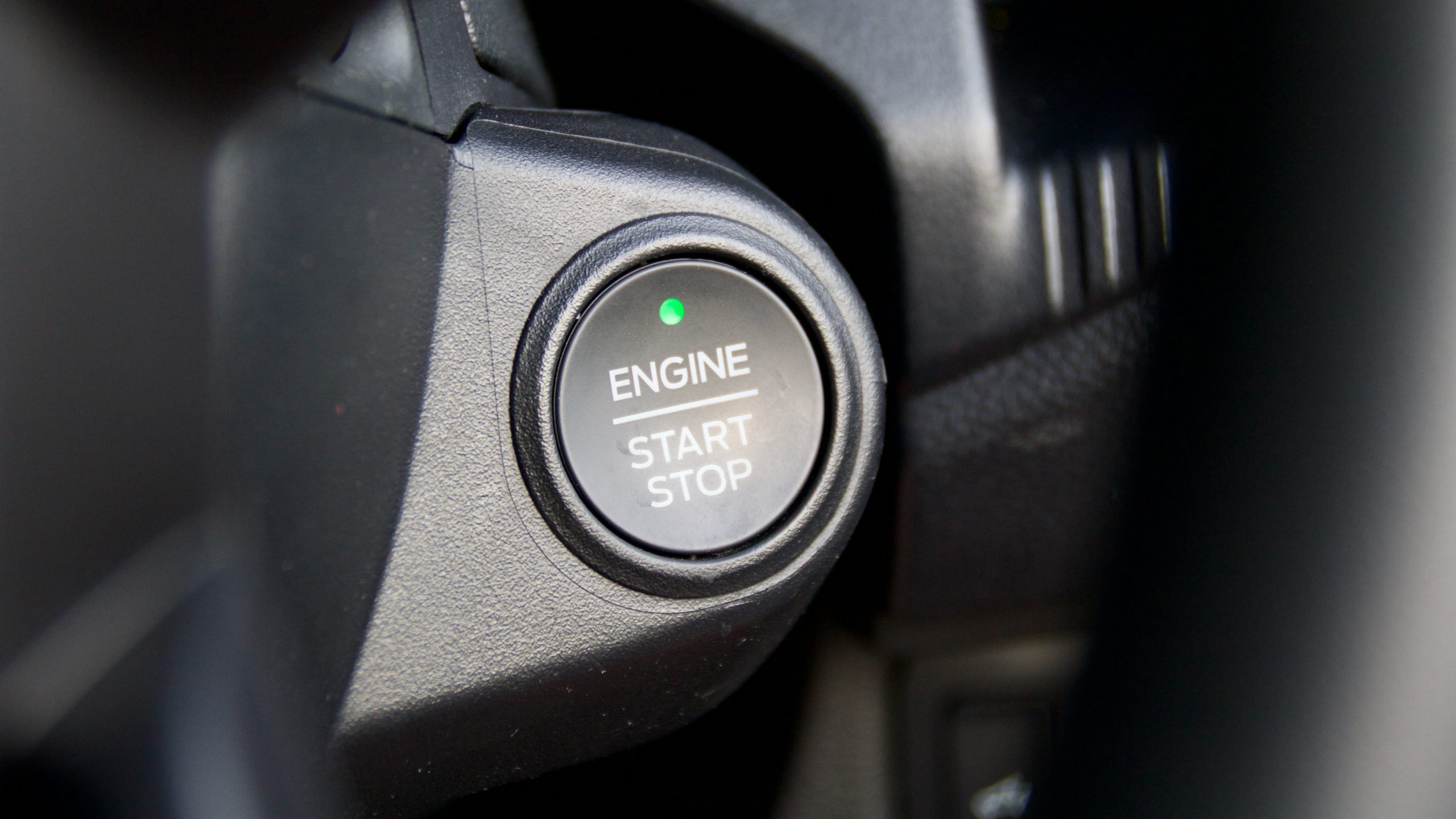
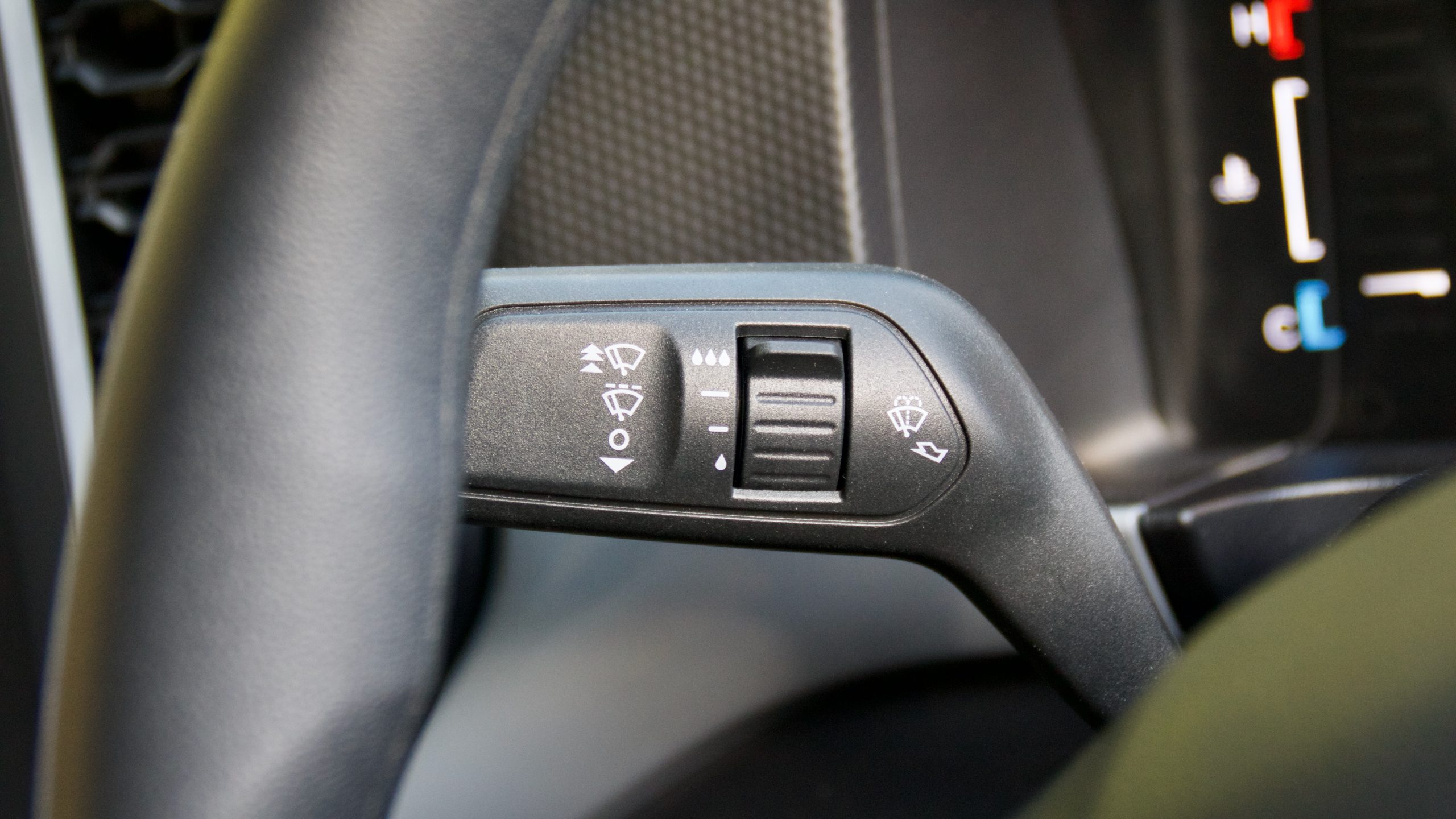
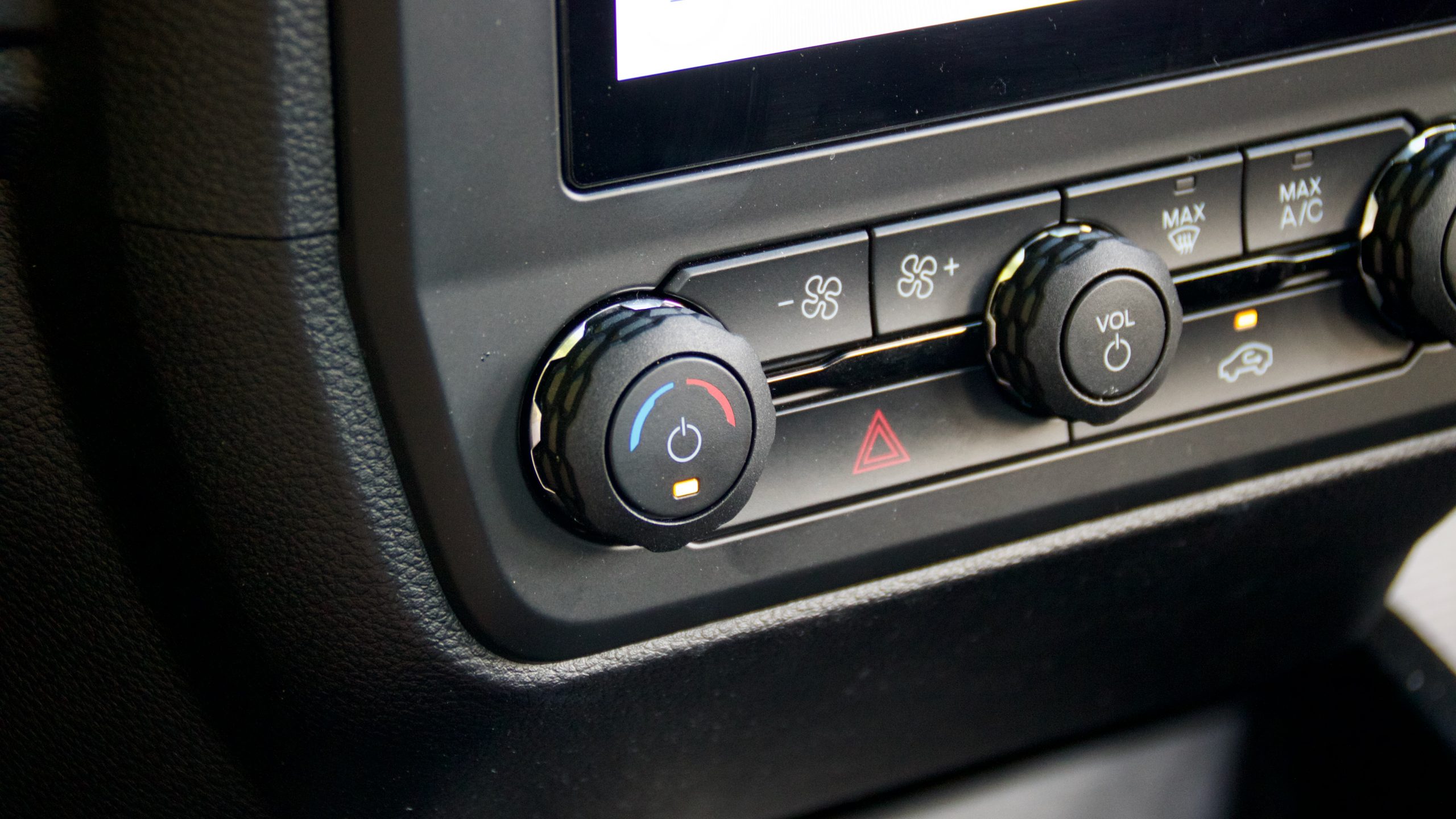
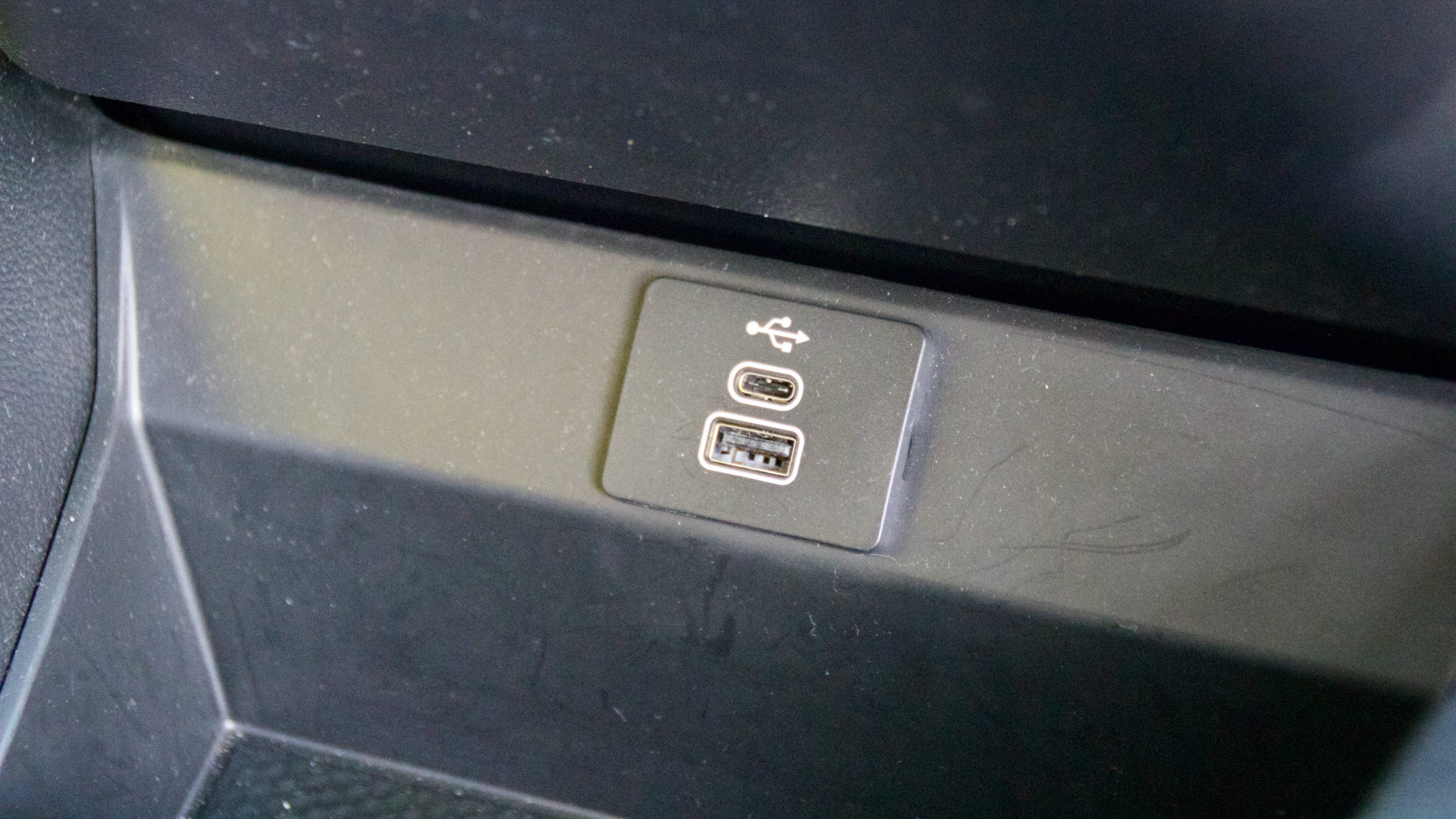
Colour options include the no-cost ‘Arctic White’, as well as the $675-optional ‘Aluminium’, ‘Meteor Grey’, ‘Shadow Black’, ‘Blue Lightning’ and our test car’s ‘Sedona Orange’. Black cloth is the sole interior colour option. Our test car had the Tech Pack, Tow Pack and spray-in bed liner fitted and was priced at just over $64,000 drive away.
One only needs to look at the upper-spec XLT to realise that the XLS isn’t great value for money. The XLT with the same 2.0-litre bi-turbo engine and four-wheel drive is priced at around $67,000 drive away. While not cheap, it already has the XLS’ Tech Pack and Tow Pack as standard, plus LED headlights, a leather steering wheel, a nicer interior finish with soft touch materials, a rear sports bar, auto wipers, a rear centre armrest, rear disc brakes and an auto-dimming rear mirror. That’s money well spent.
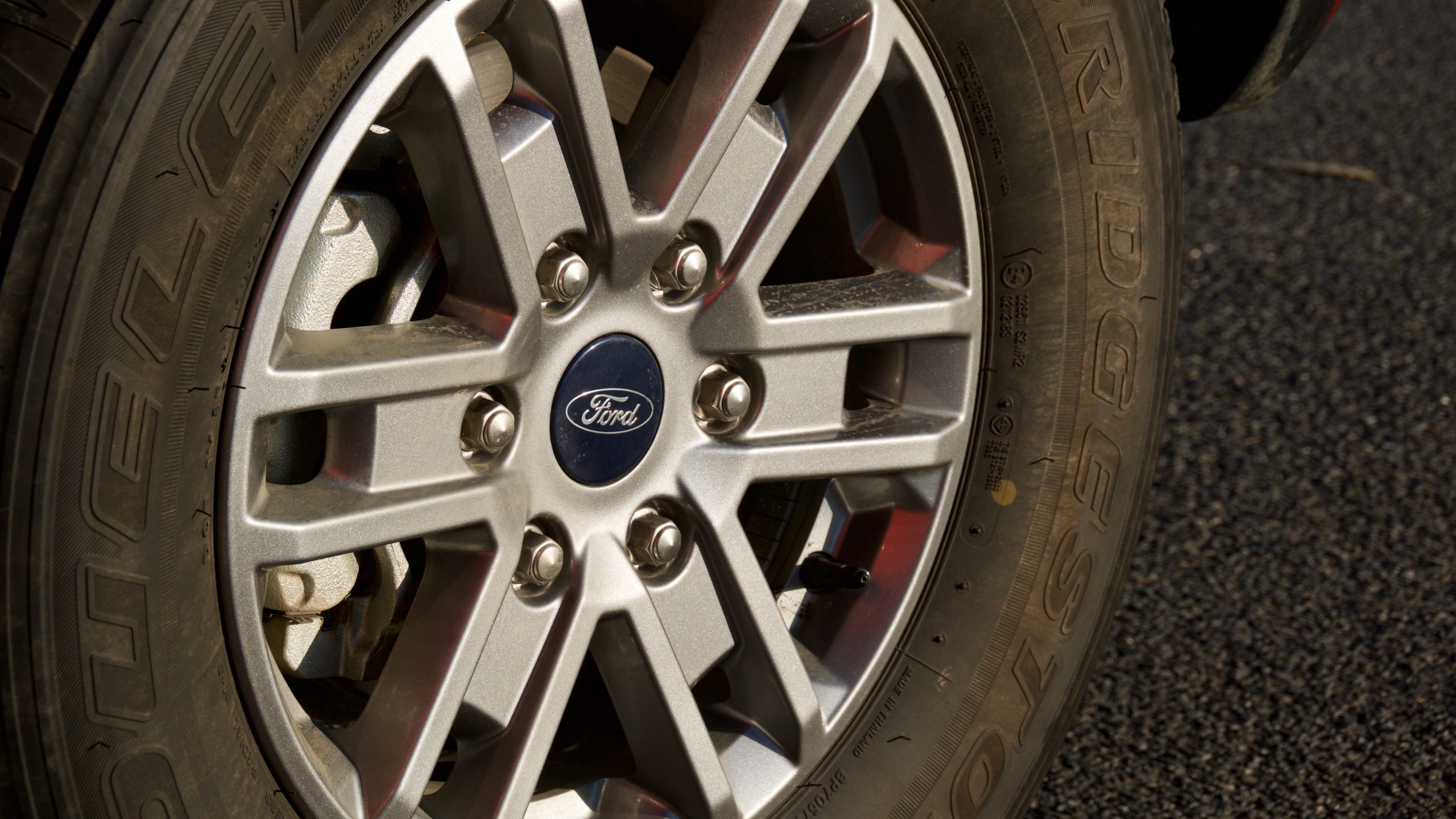
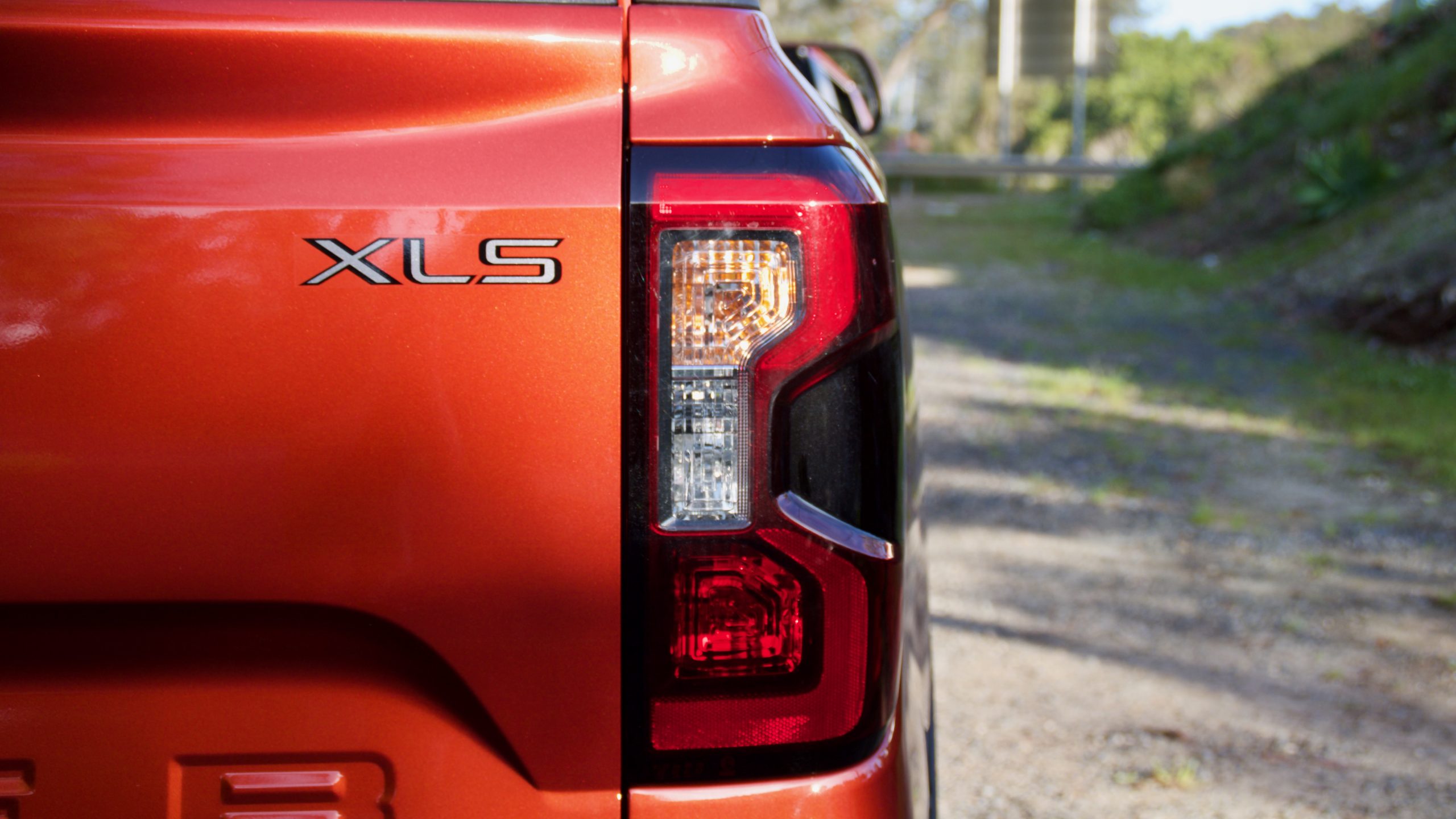
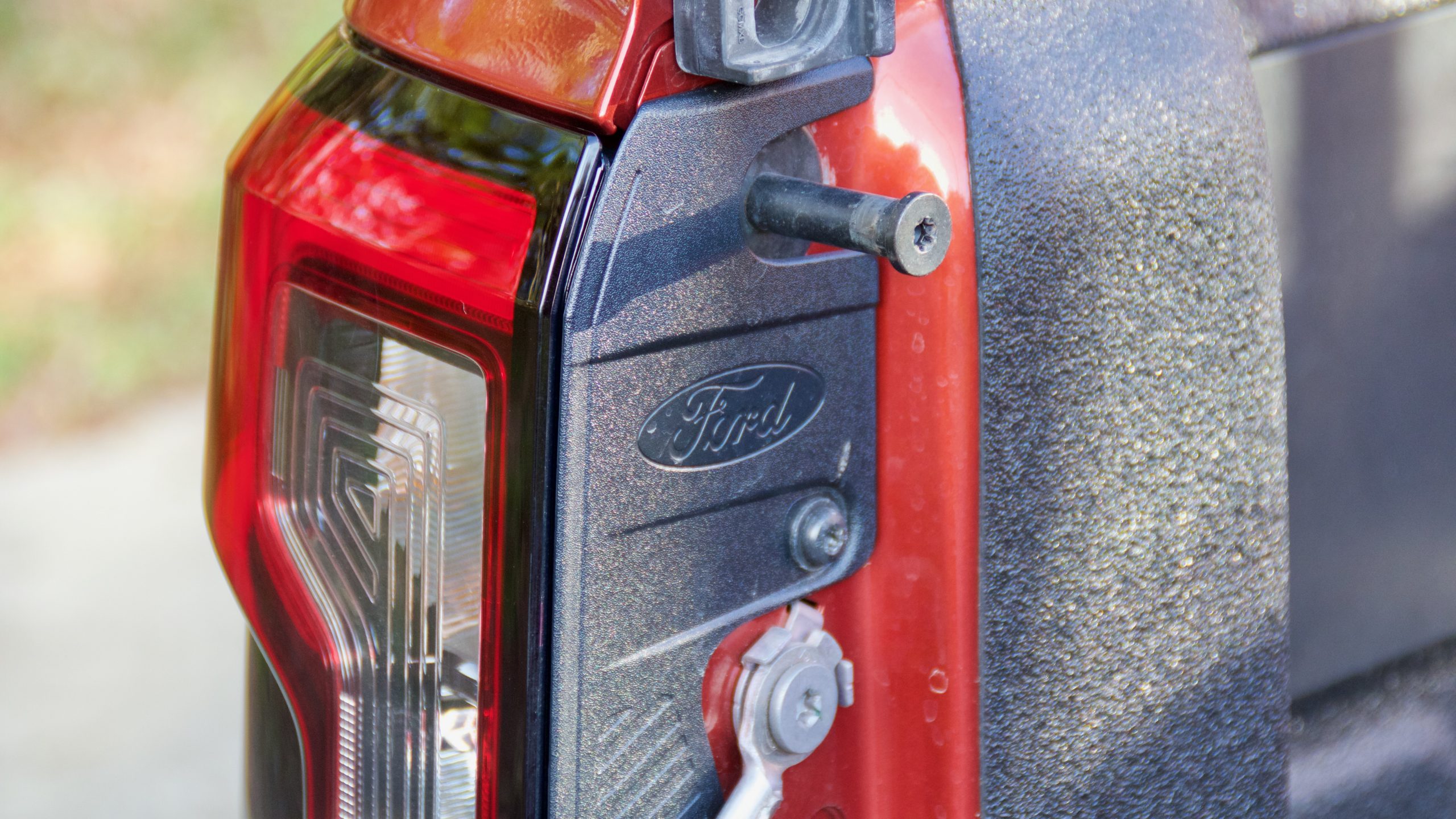
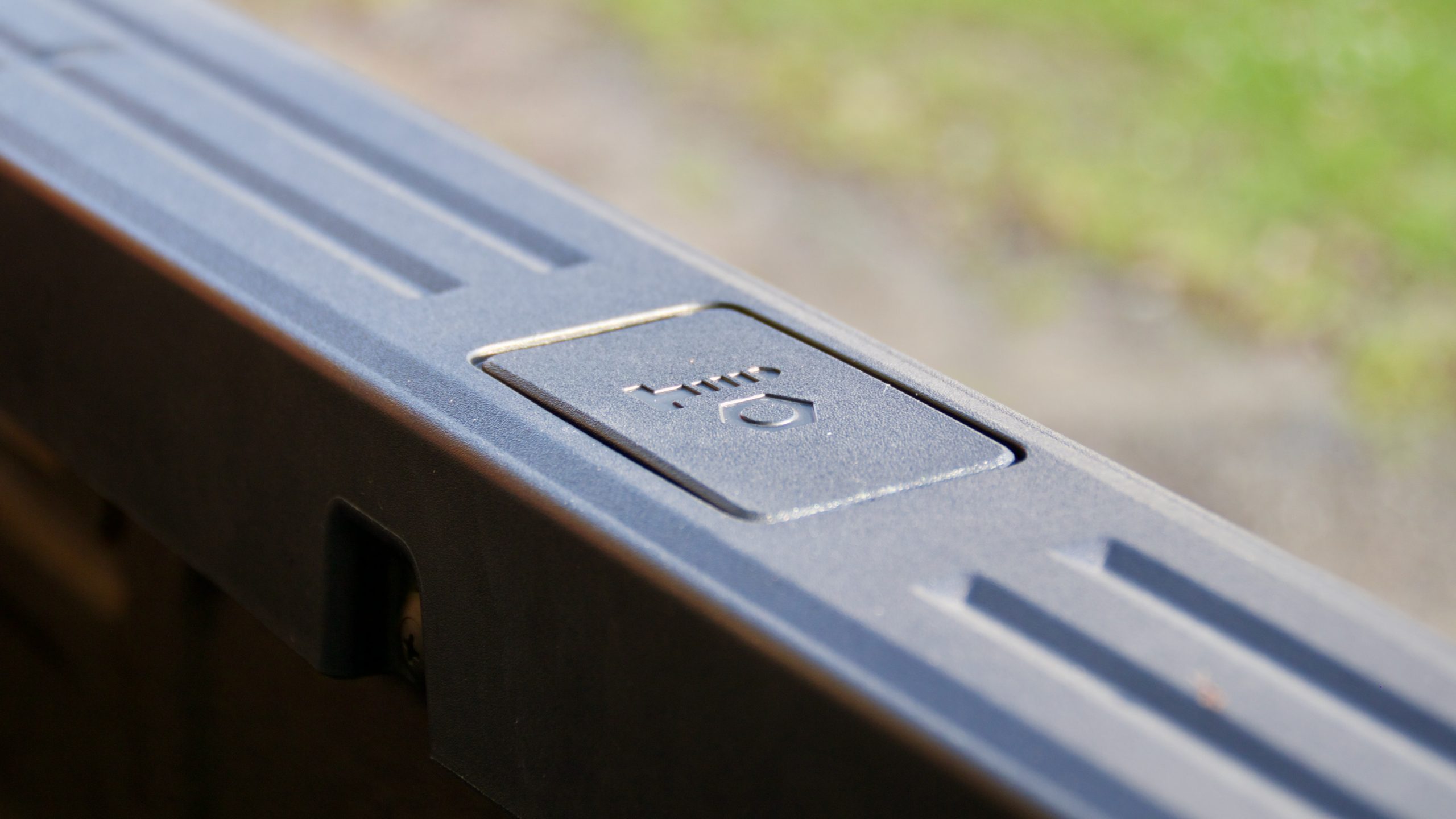
Chief competition to the 2022 Ford Ranger XLS are the Mazda BT-50 XTR (around $62,000 drive away as an auto) and Isuzu D-Max LS-M (around $60,000 drive away as an auto). Both the BT-50 and D-Max offer better value for money than the Ranger, in our opinion – especially the BT-50, while more expensive, adds larger 18-inch wheels, dual-zone climate control with rear air vents, a rear USB port, extra speakers, keyless entry and start, a leather steering wheel and gear knob, LED exterior lighting, satellite navigation and auto wipers over the Ranger. Add in dealer-fit accessory tow bar and tub liner kits and it’s priced at around $65,000 drive away, but still with all the extra equipment listed above.
Performance & Economy: 8/10
Under the bonnet of the 2022 Ford Ranger XLS is the same 2.0-litre bi-turbo four-cylinder diesel engine that’s used in higher up in the Ranger lineup. It makes 154kW of power (at 3,750rpm) and 500Nm of torque (between 1,750rpm and 2,000rpm), which means it comfortably has more grunt than its four-cylinder rivals – and in person, it’s also a lot quieter thanks to the excellent sound deadening of the Ranger. Those not able to spend the extra cash to get an XLT V6 shouldn’t be worried.
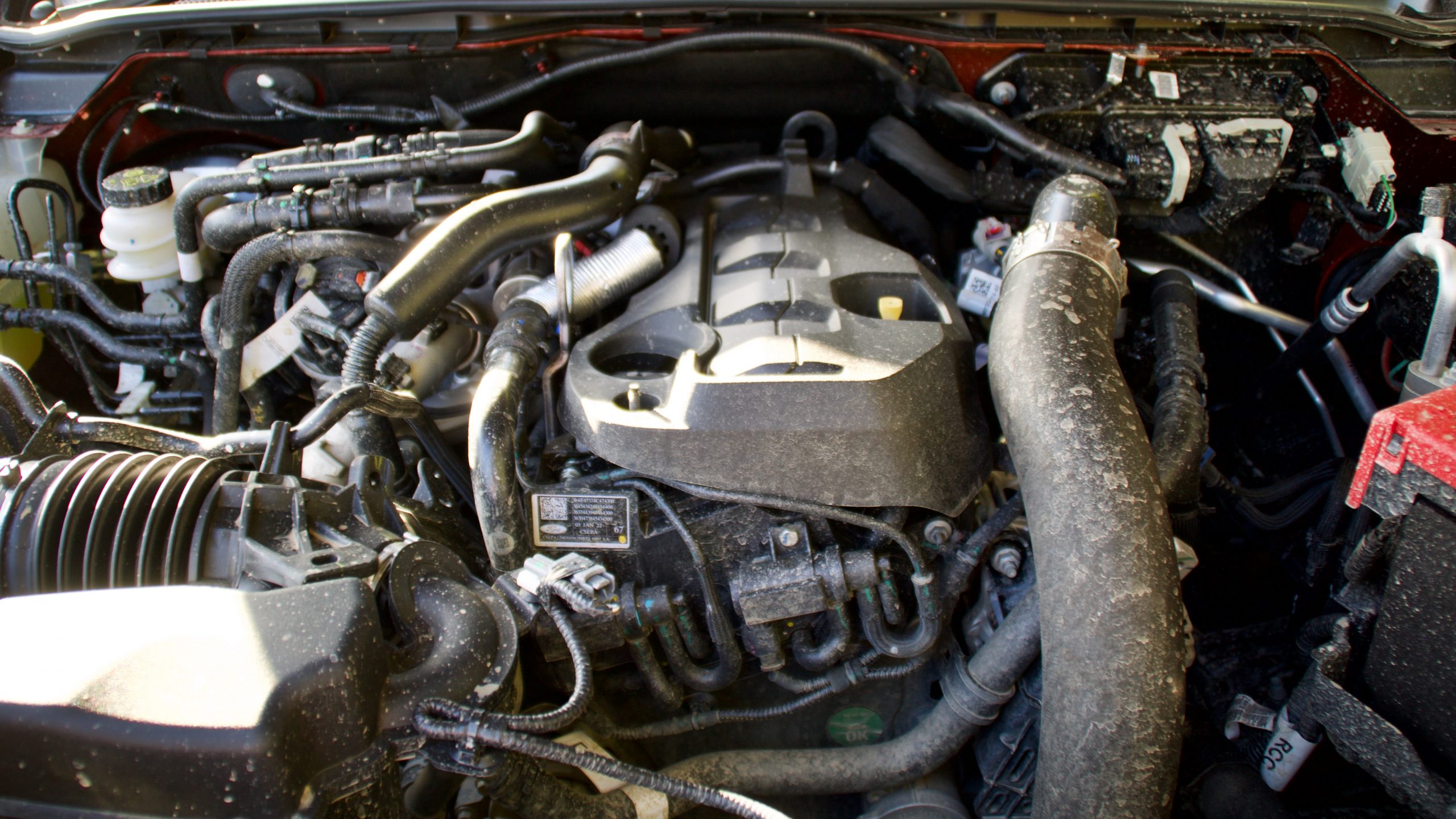
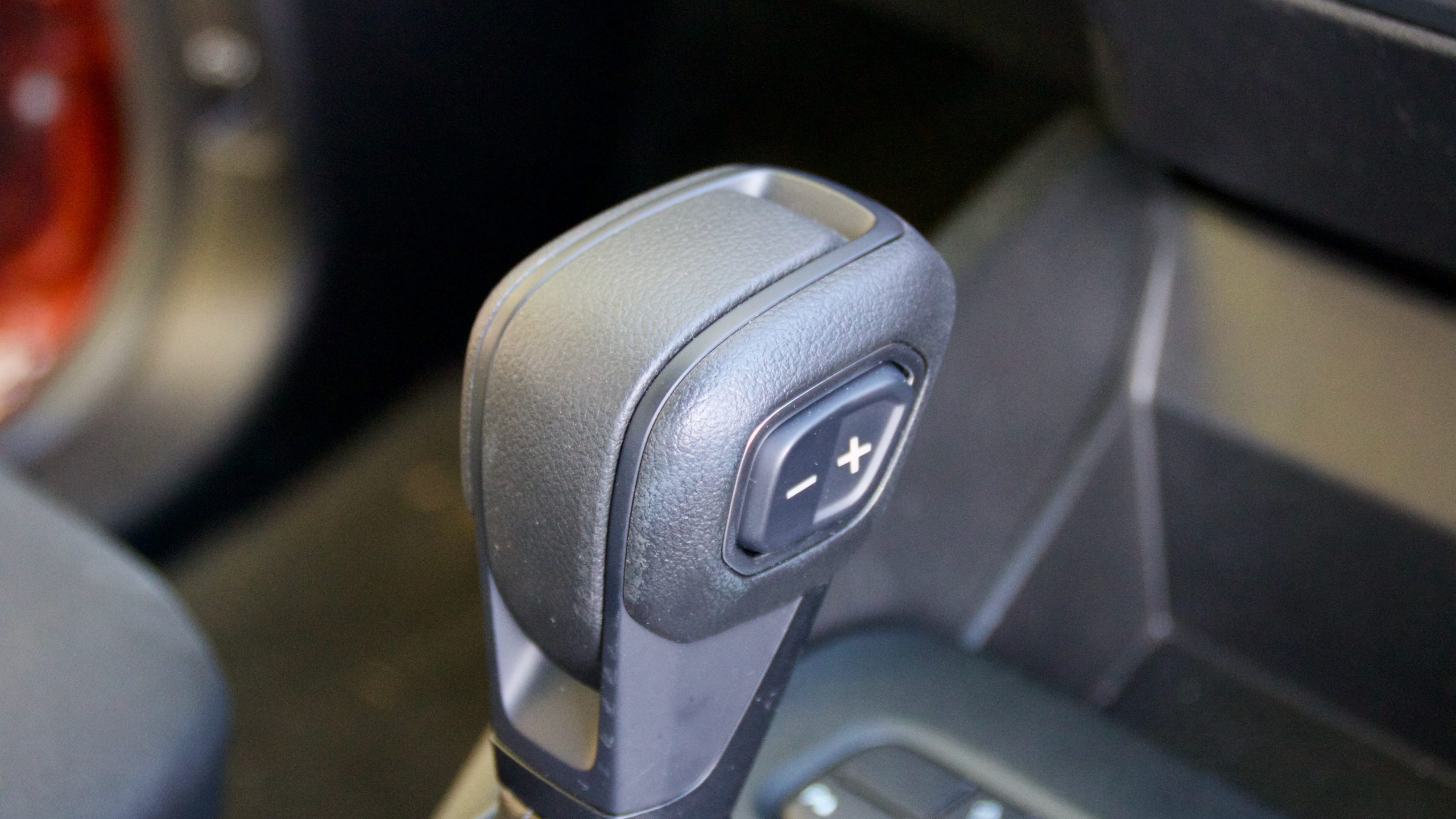
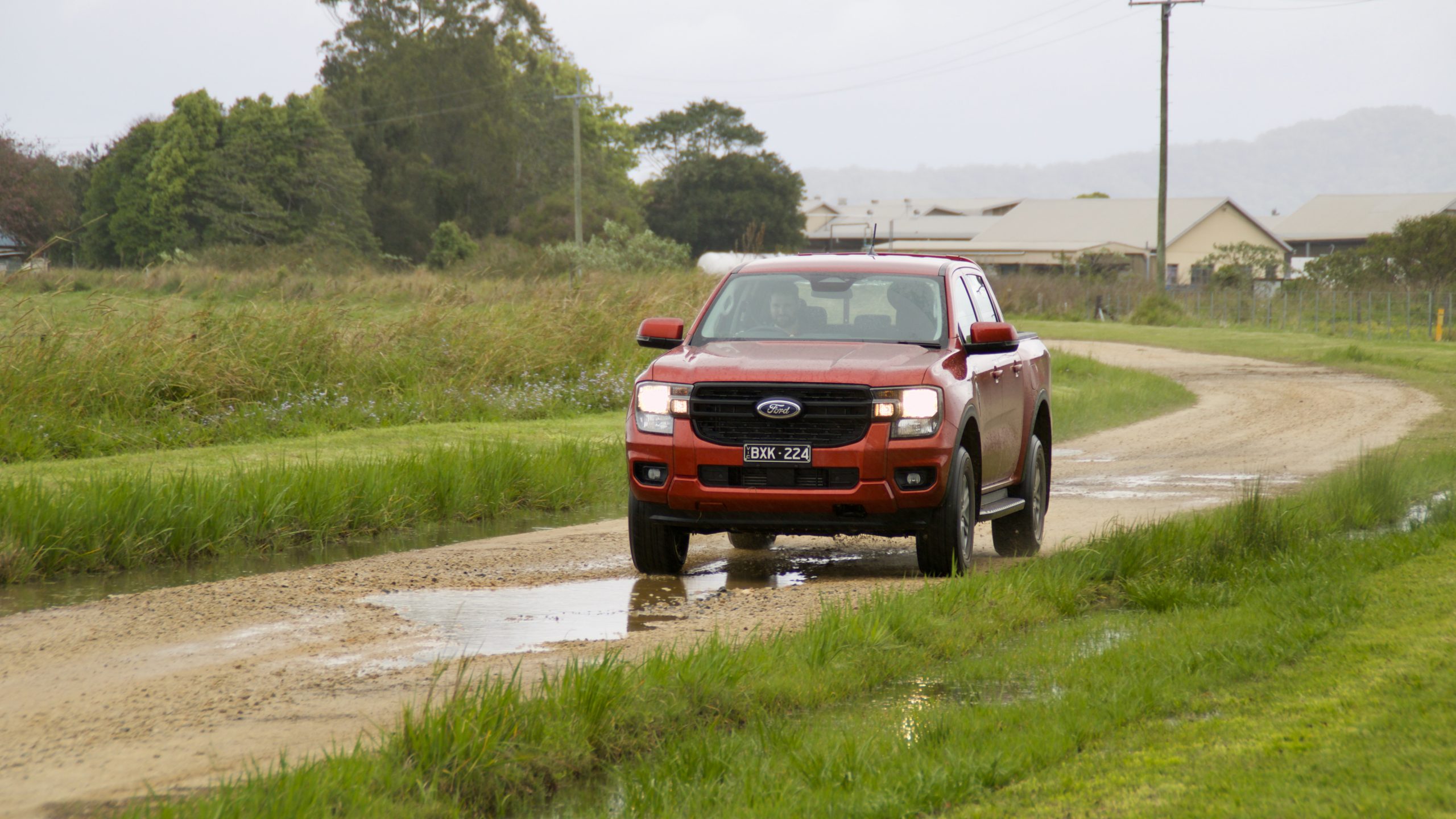
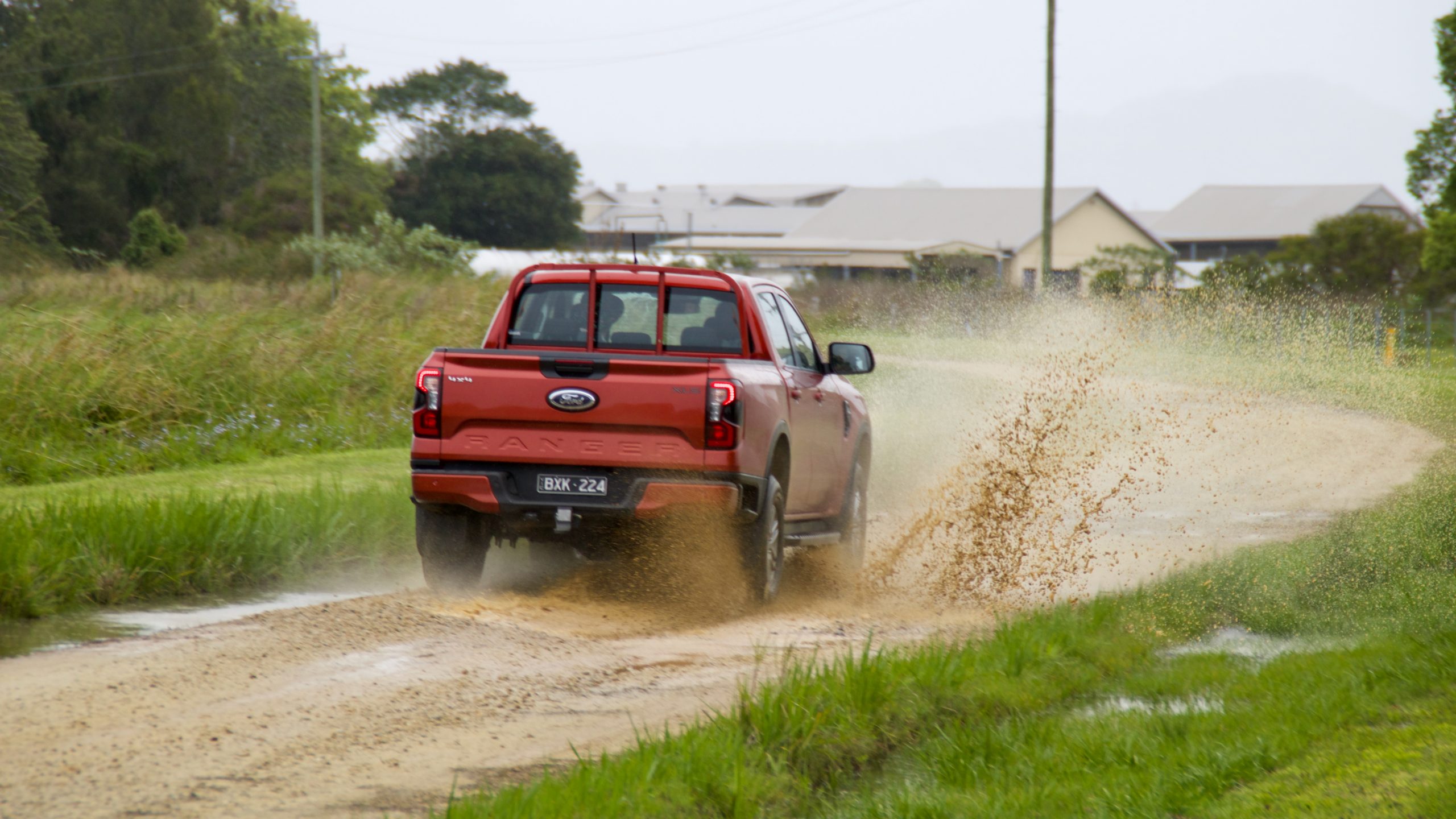
The engine itself is great. It’s grunty, relatively quiet and thanks to having 10 gears, it’s seemingly always in the peak torque zone of between 1,750rpm and 2,000rpm. The standard 10-speed automatic transmission is quite intuitive and it shifts quickly and unobtrusively – we just wish the manual mode was using paddle shifters or a proper +/- gate, instead of the annoying buttons on the side of the gearstick.
At highway speeds, the Ranger’s engine is quiet, much like the overall road noise levels. It hums away at just over 2,000rpm in tenth gear, but the transmission can skip gears when more power is needed. When that happens, it responds with good levels of grunt and relative speediness.
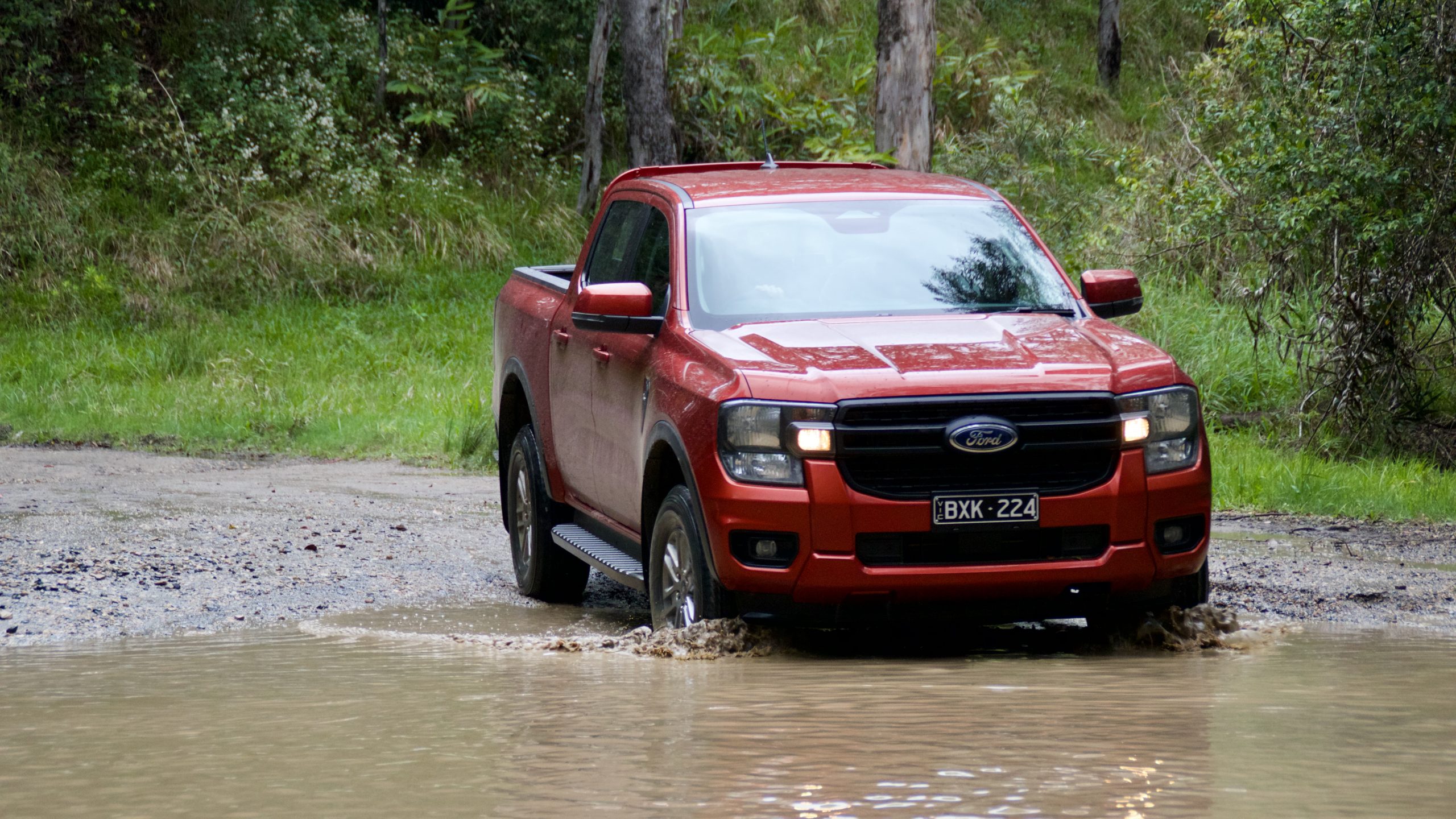
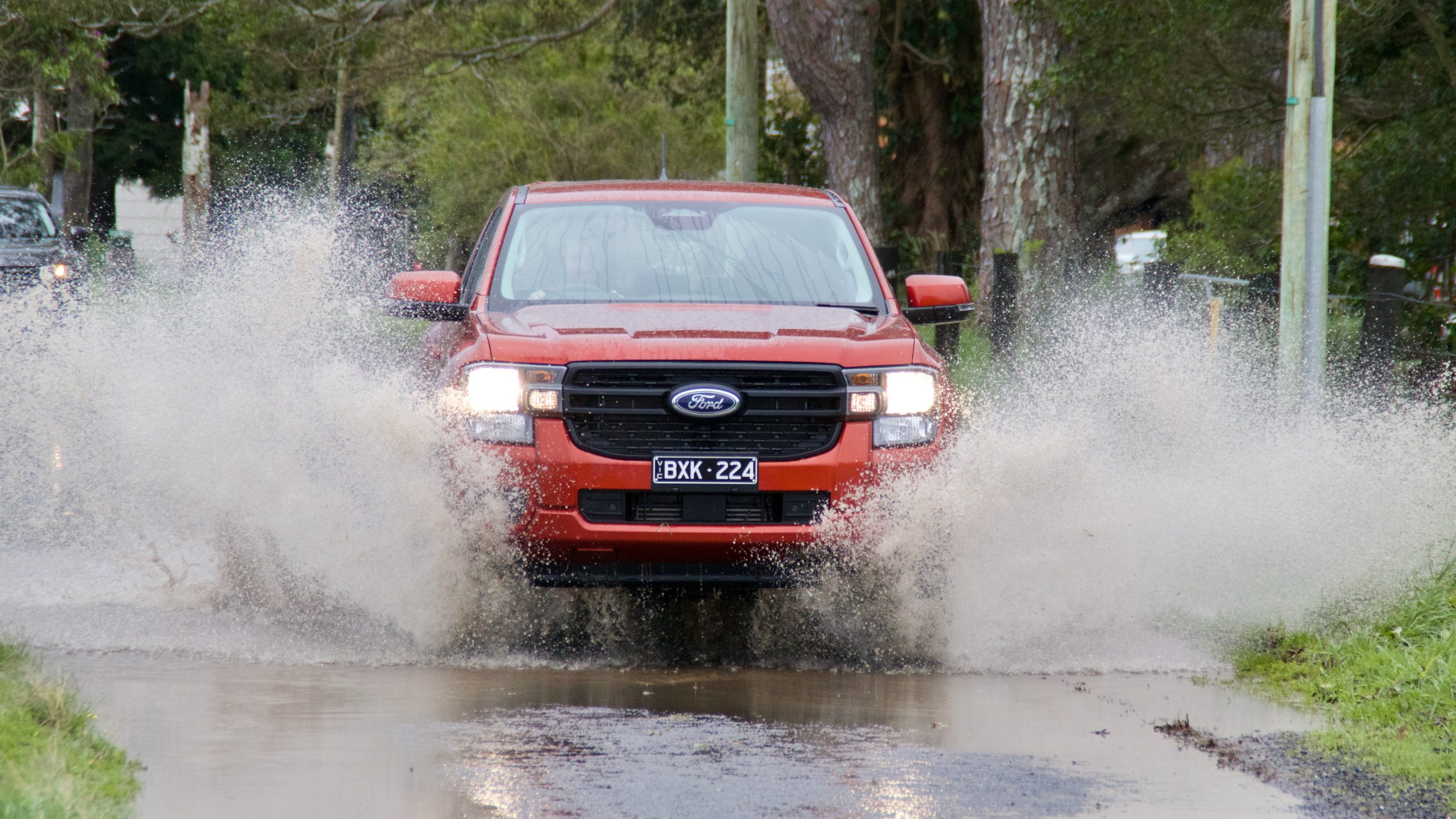
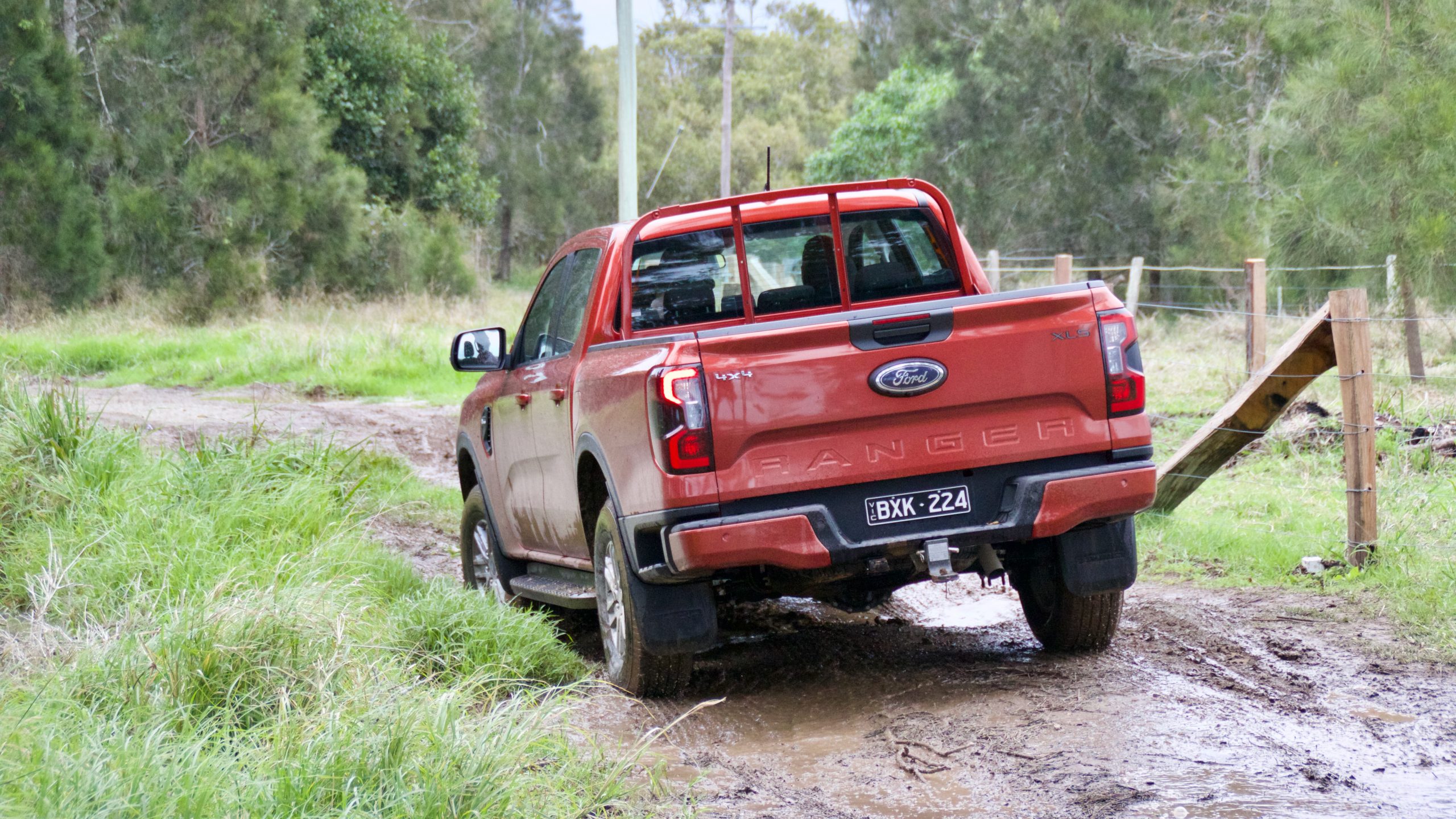
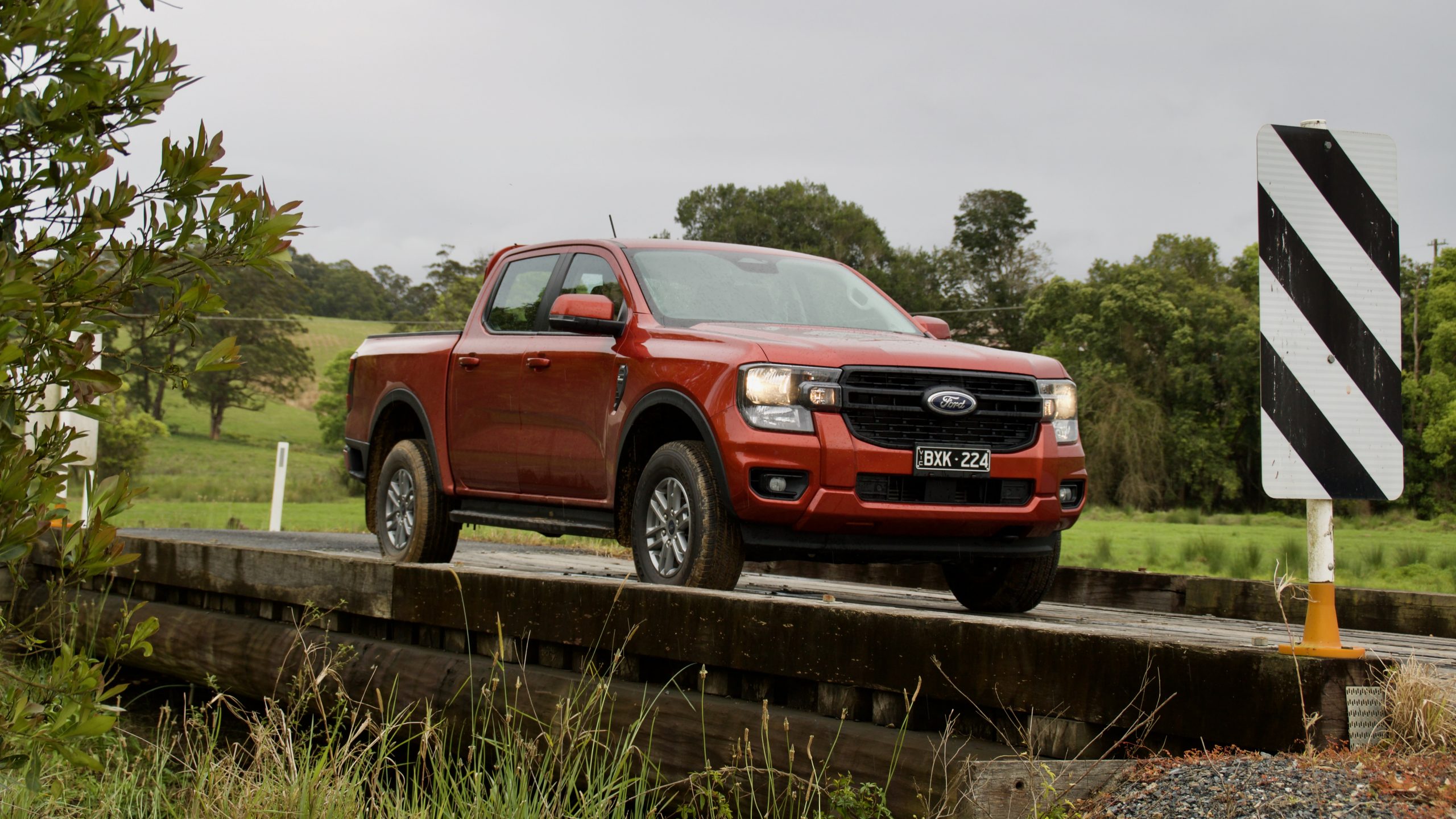
The claimed combined fuel consumption for the 2022 Ford Ranger XLS 4×4 is 7.6L/100km, and we achieved 8.2L/100km on our trip. The Ranger has an 80-litre fuel tank.
Ride & Handling: 9/10
Based on the same T6 platform as the last-generation Ranger – but thoroughly revised for the latest model, the 2022 Ford Ranger XLS rides and handles excellently and is a testament to Australian engineering. While its multi-link front and leaf spring rear suspension set up is nothing special, the ride quality is sublime for a ute, no matter what the surface is being driven on.
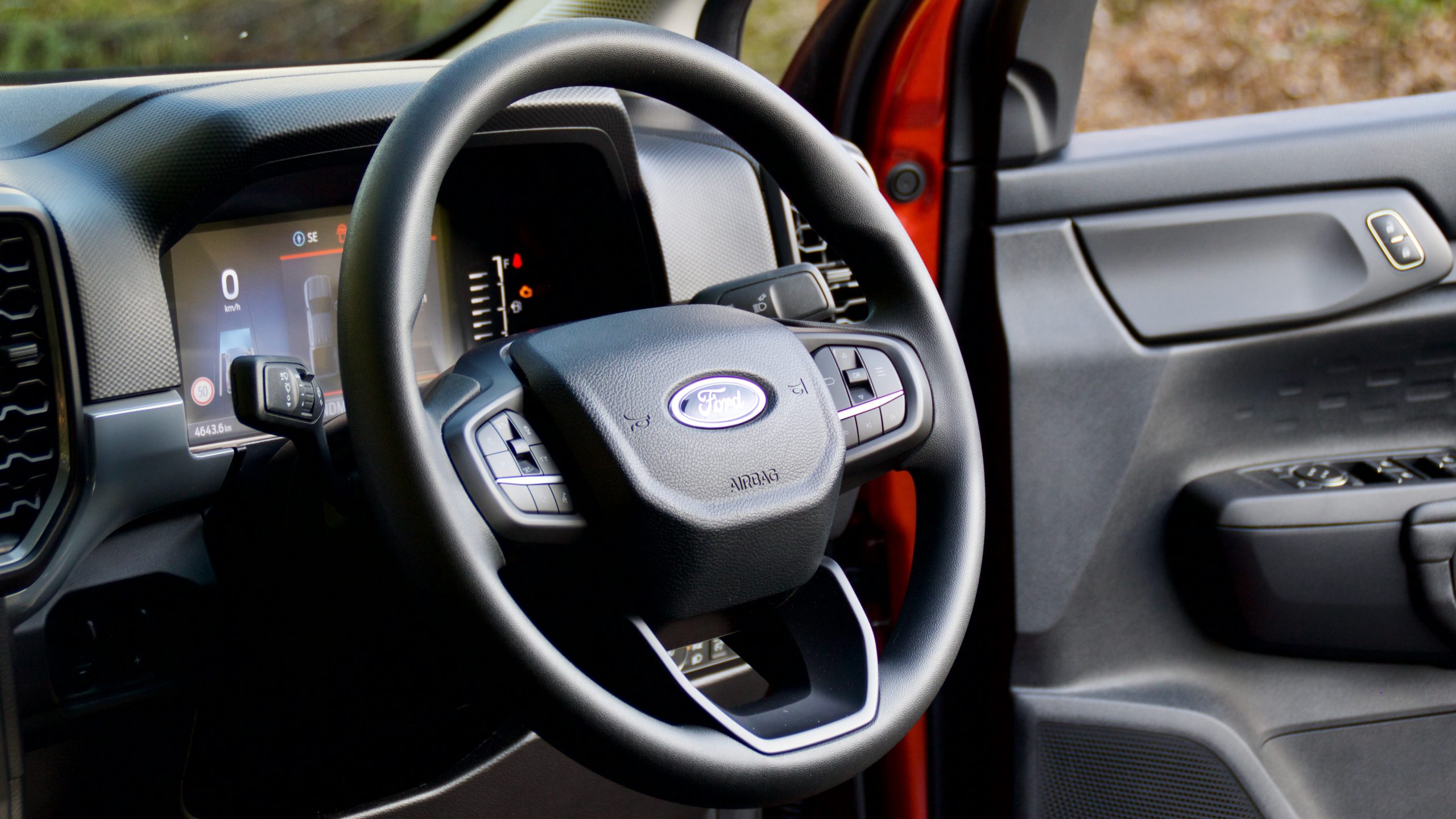
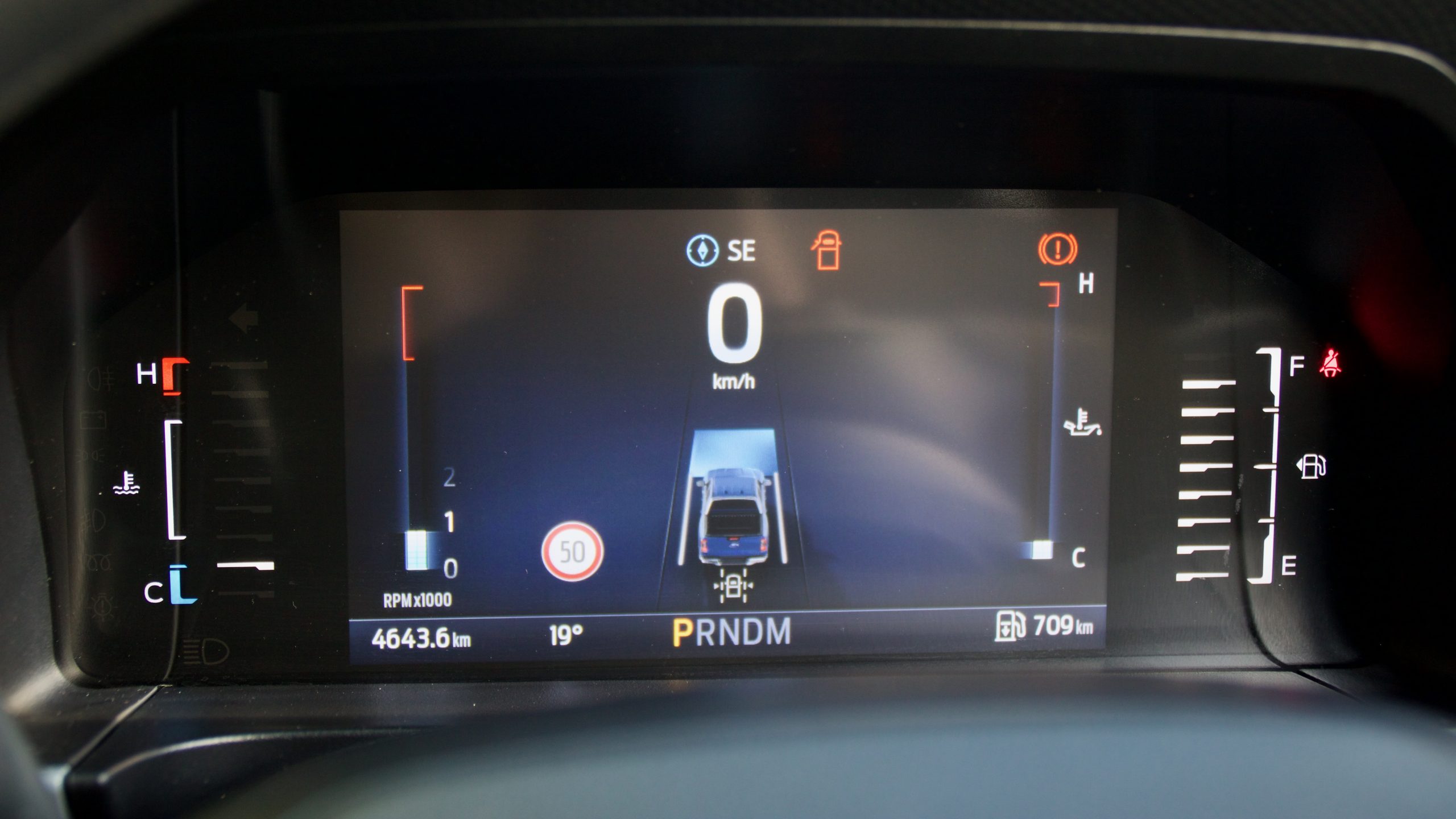
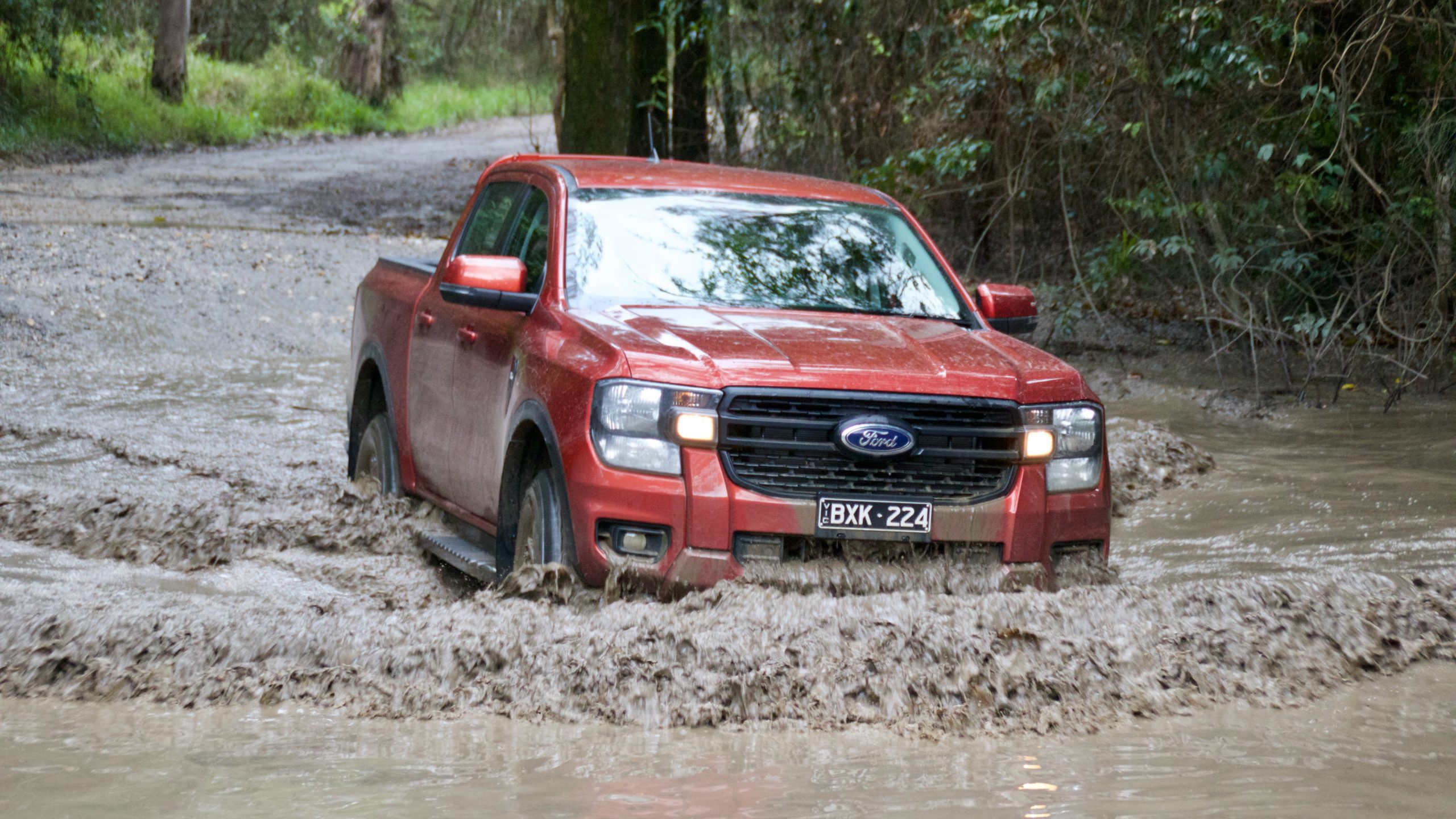
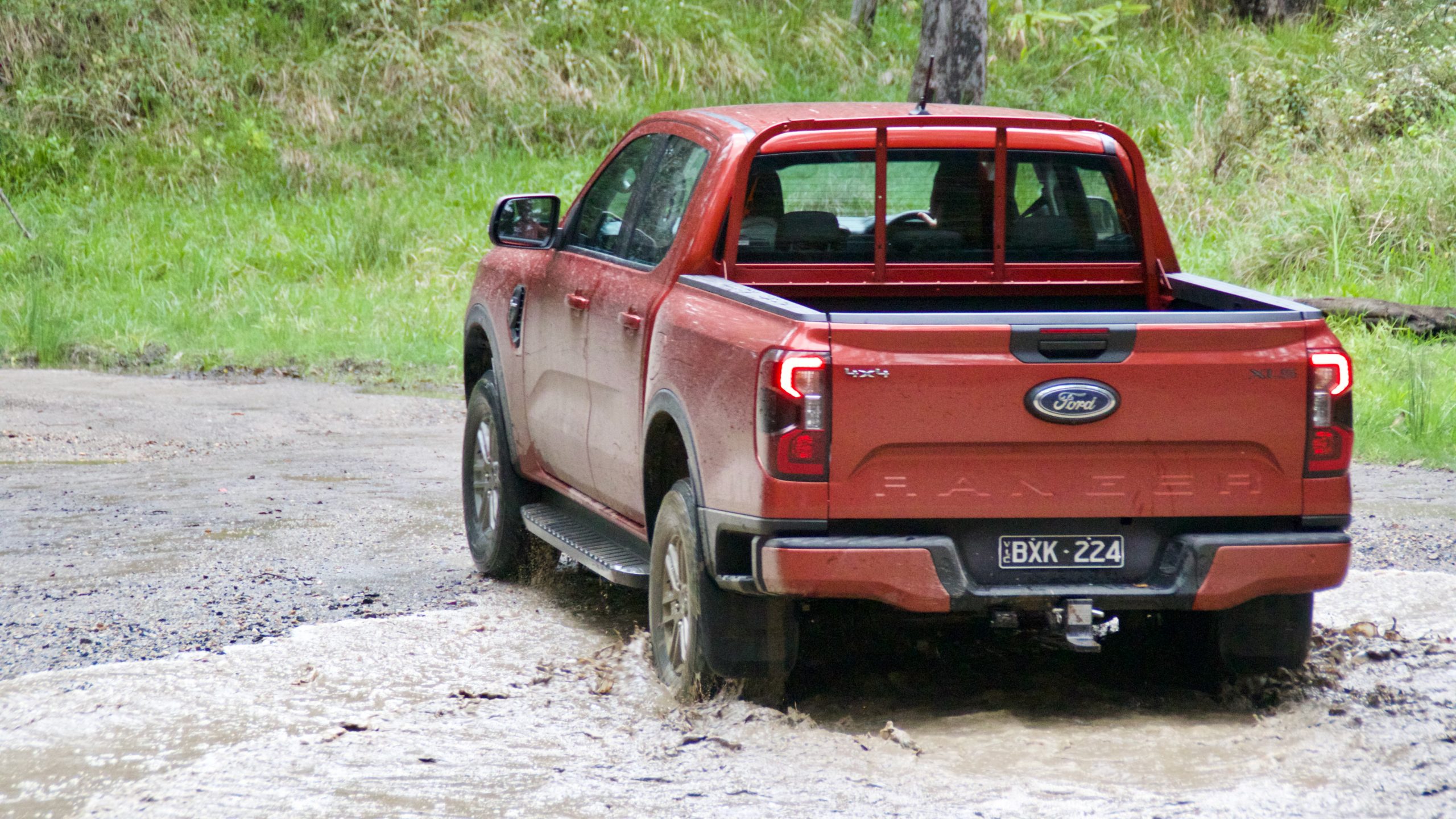
Four-wheel drive utes are never keen handlers and while there is some body-roll in the Ranger (which we would expect due to the size) we were quite impressed with how well the Ranger handled. The steering is light and makes manoeuvring at slower speeds easy while also offering a nice amount of feedback. Special mention must go to the front seats, which are comfortable enough for all-day use.
For those who like taking their utes off road, you will be happy to hear that the new Ranger XLS has a 30-degree approach angle and 23-degree departure angle (a HiLux’s equivalents are 29-degrees and 25-degrees respectively), while its 800mm wading depth is class-leading. The ground clearance is 234mm. We were particularly impressed with the Ranger’s off-road ability, especially in the mud we drove in. We also really like the four-wheel drive system, which was quite effective in the heavy rain.
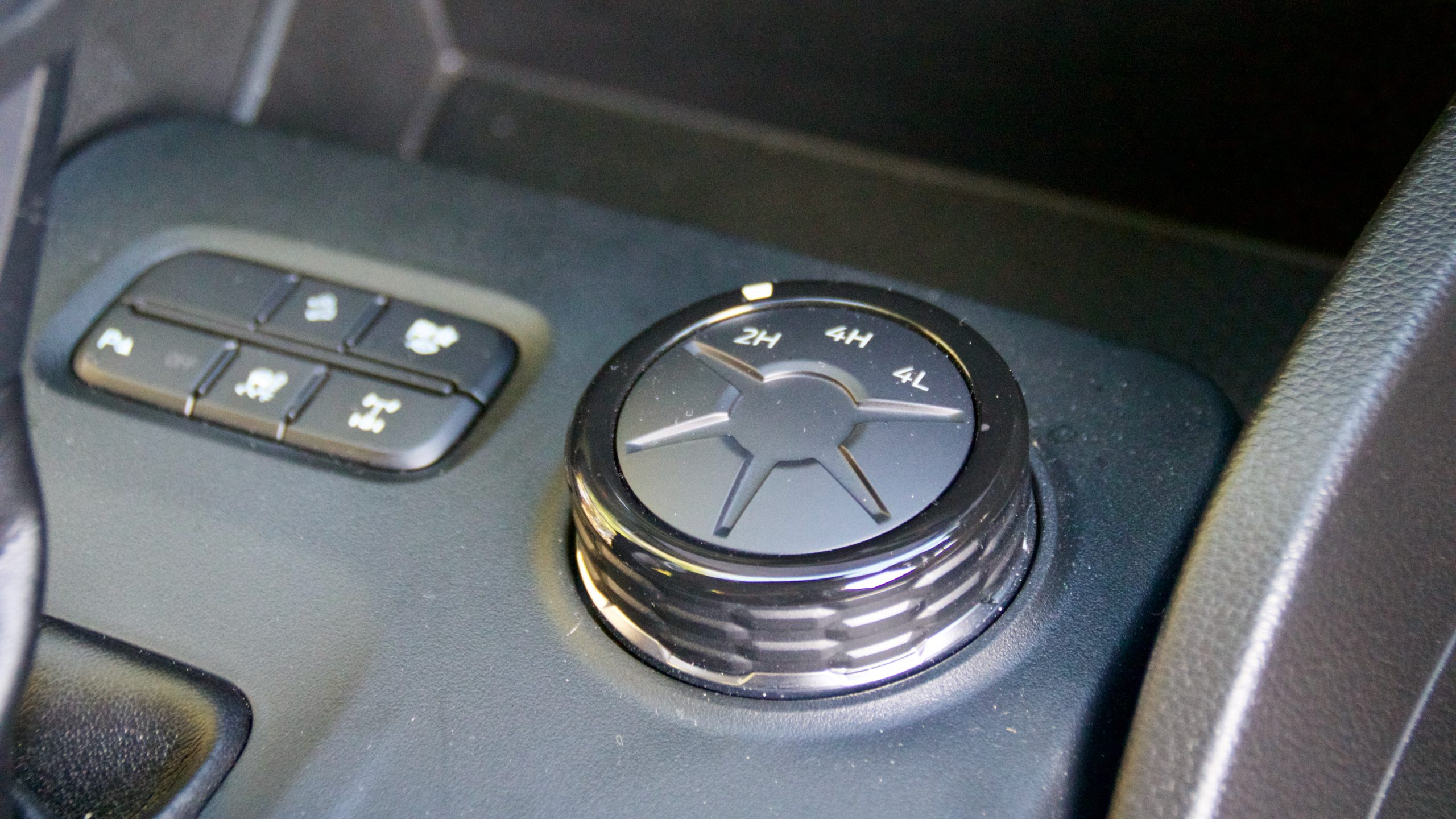
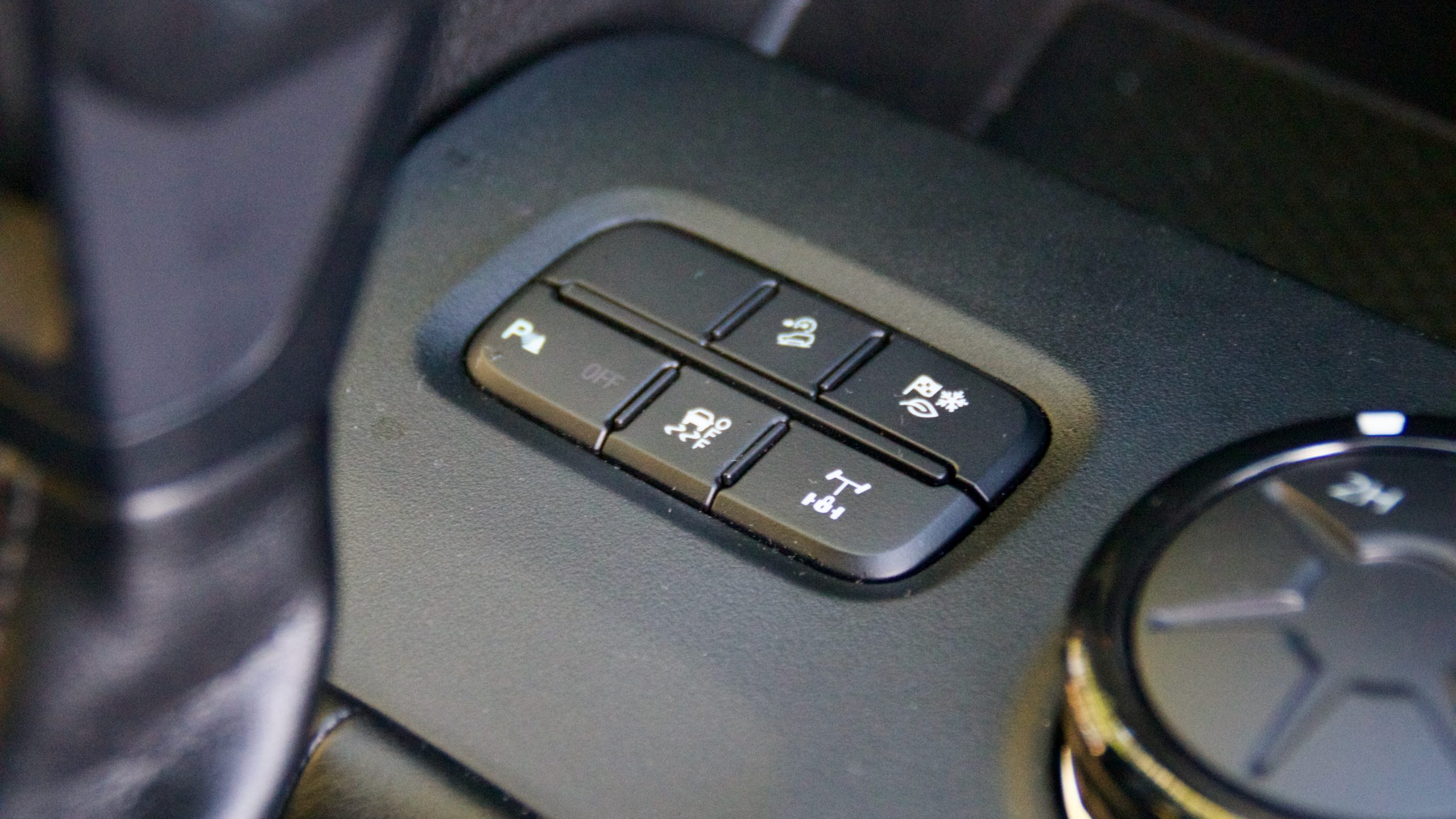
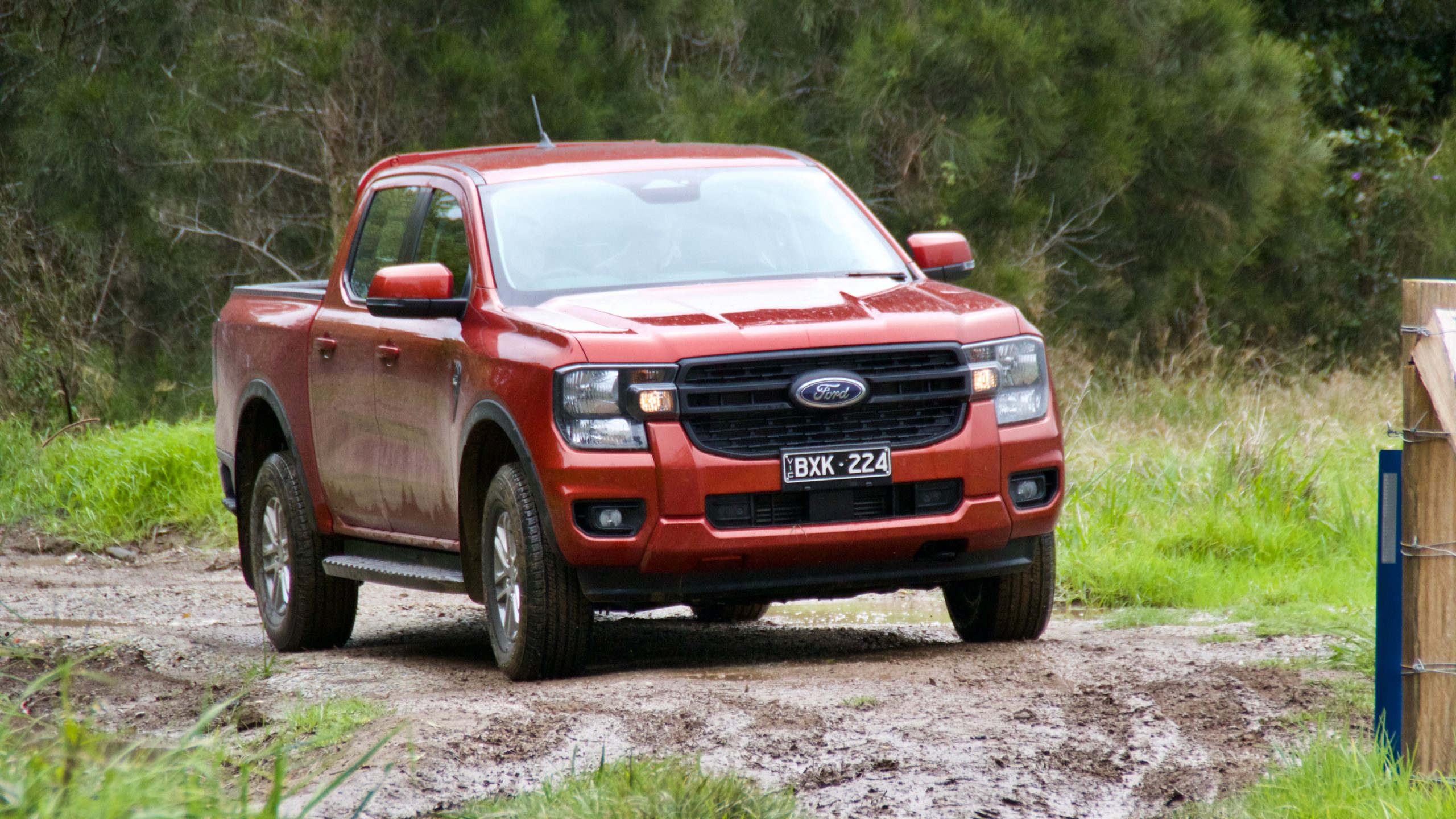
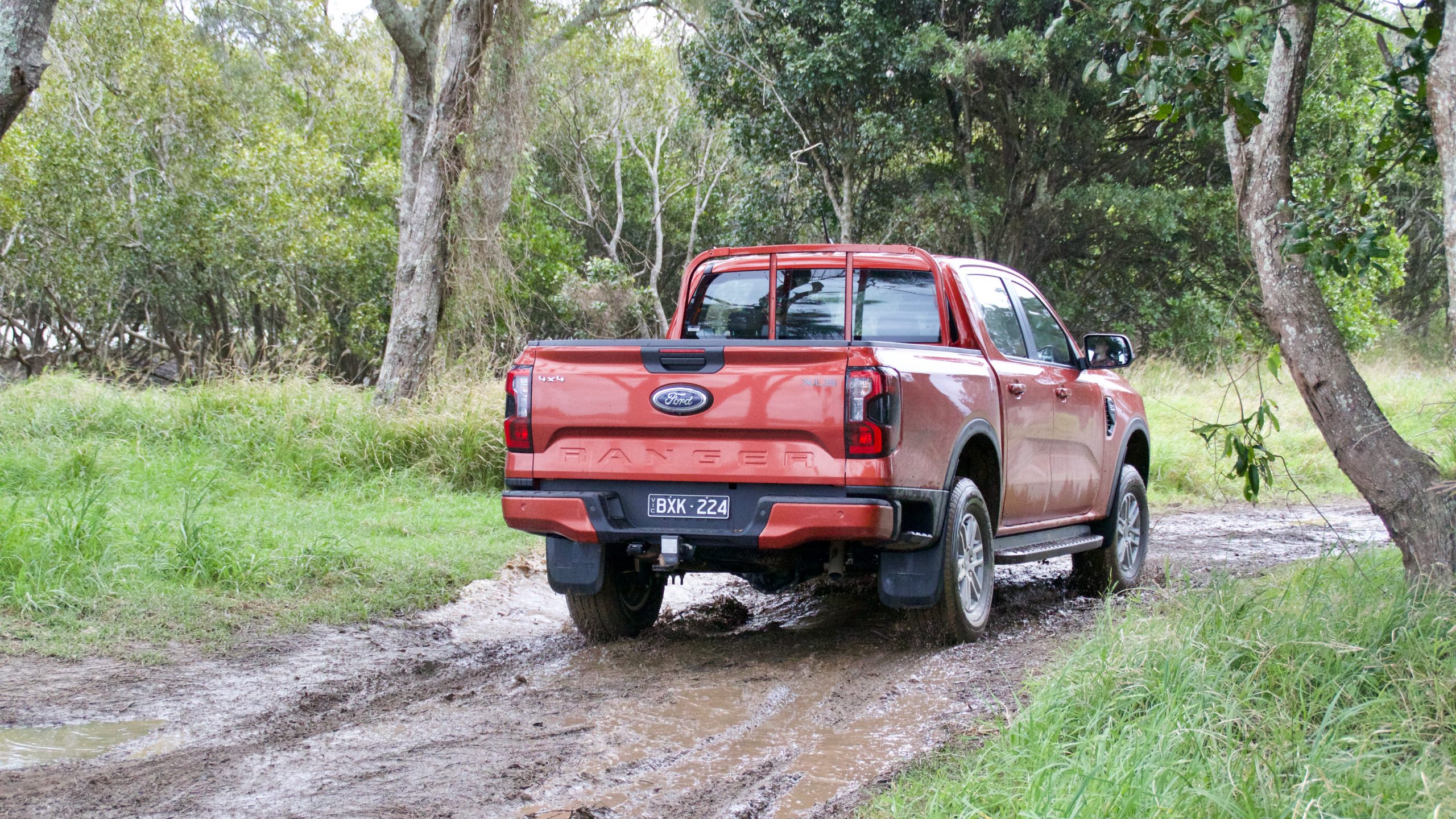
The XLT, Sport and Wildtrak variants of the 2022 Ford Ranger come standard with a tow bar and the braked towing capacity of the Ranger with the bi-turbo engine is 3,500kg, which is the same as the HiLux, D-Max and BT-50.
Interior & Practicality: 8/10
We’ve been quite impressed with the interior of the 2022 Ford Ranger so far and the XLS’ version is just as positive, though with a few caveats. The ergonomics are still excellent, while the optional Tech Pack adds the excellent 12.0-inch touchscreen from the upper-end models – if you want an XLS, definitely tick the box – that also adds satellite navigation and digital radio. Unfortunately, the XLS’ cabin isn’t finished to the same high standard of the XLT models and above, which is fine considering it’s priced lower, but we’d appreciate some soft touch materials and a leather-wrapped steering wheel – especially as it’s priced at over $60,000 drive away.
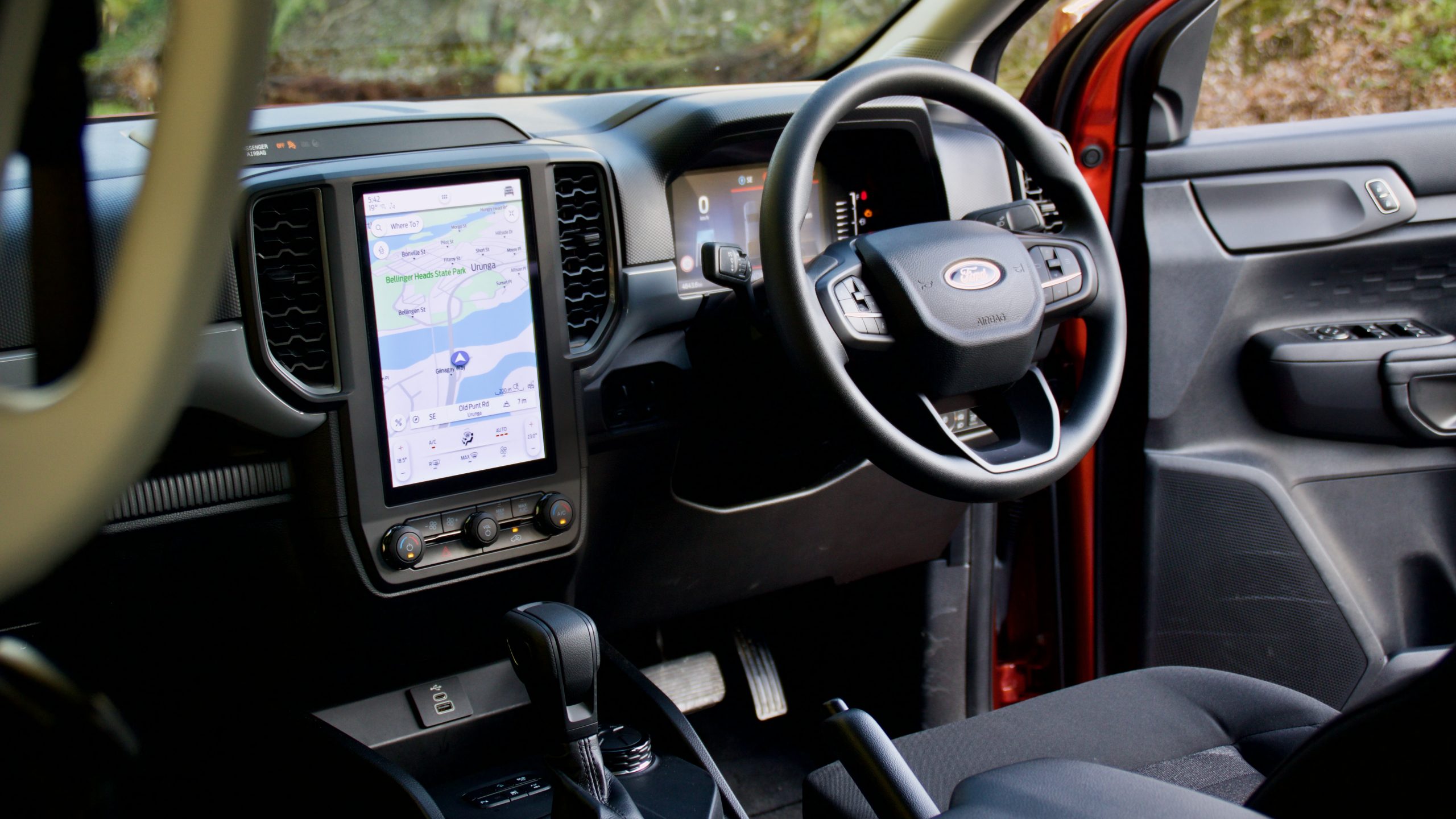
Elsewhere in the Ranger XLS’ cabin is great. There’s ample storage with large door bins, a tray ahead of the shifter, a large box under the centre arm rest, a big glove box and big cup holders. Having said that, a Mazda BT-50 XTR offers more storage space with its second glovebox and a larger tray in the centre console.
Sitting in the dash of the Ranger Sport is a 12.0-inch portrait touchscreen that uses Ford’s new ‘SYNC4’ infotainment system. It has an inbuilt SIM for connectivity features such as weather and live traffic updates. It’s a huge screen that can take some getting used to thanks to its sheer size, but once you’ve learnt it, it’s intuitive and easy to use, plus it also has physical AC controls and a proper volume knob for extra usability. It’s also fully featured with wireless smartphone mirroring, satellite navigation, digital radio and a drawing pad.
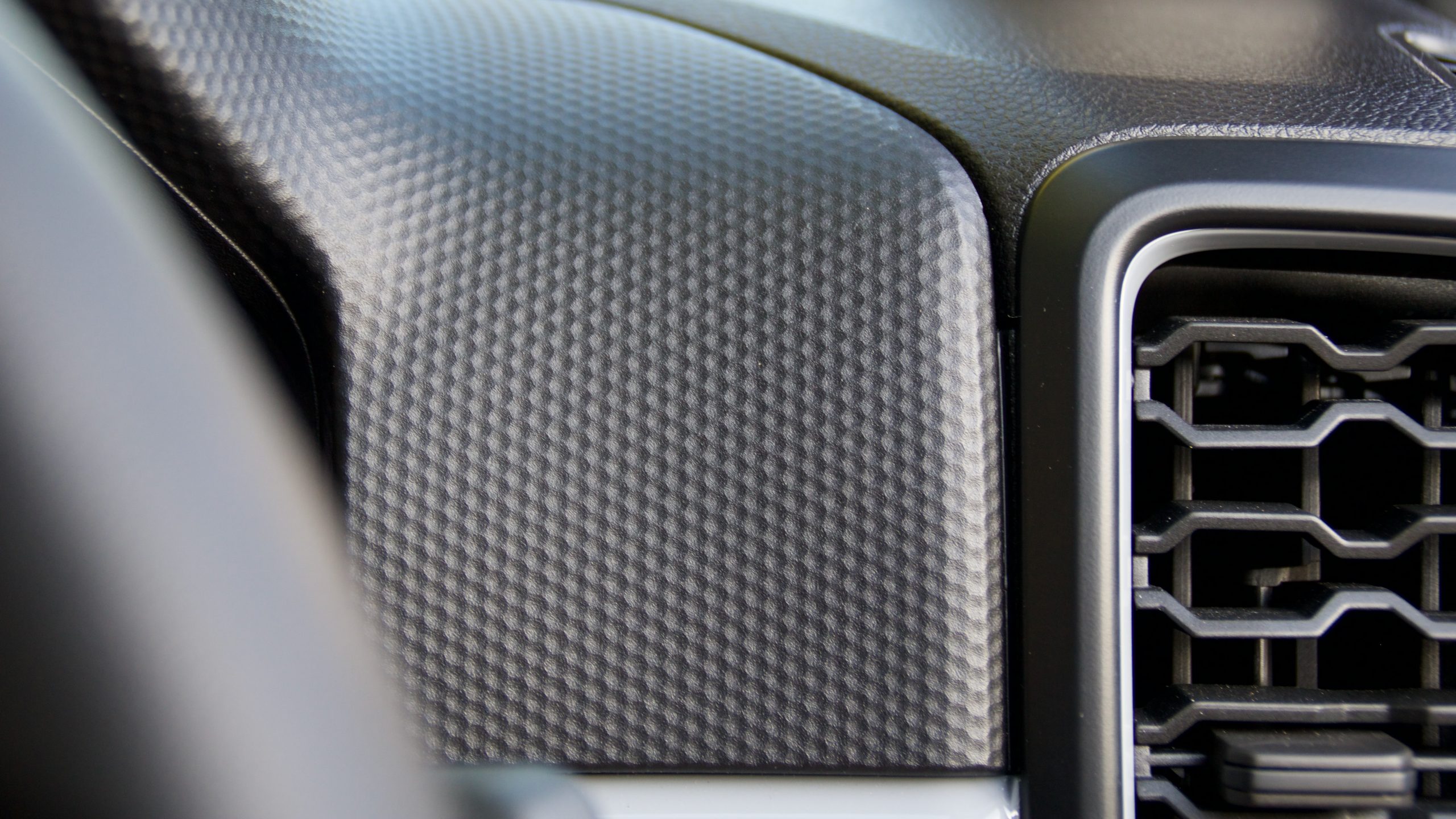
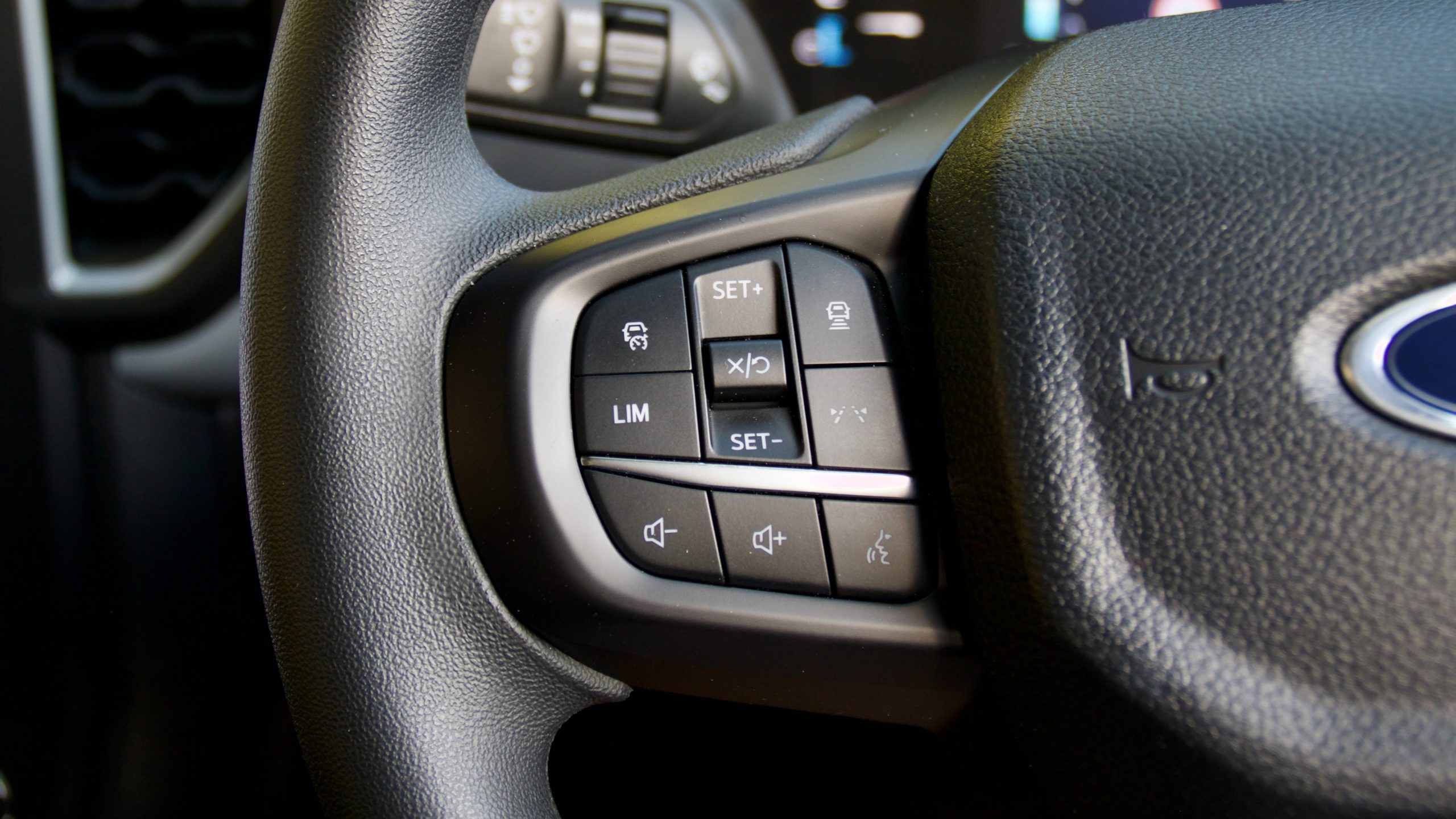
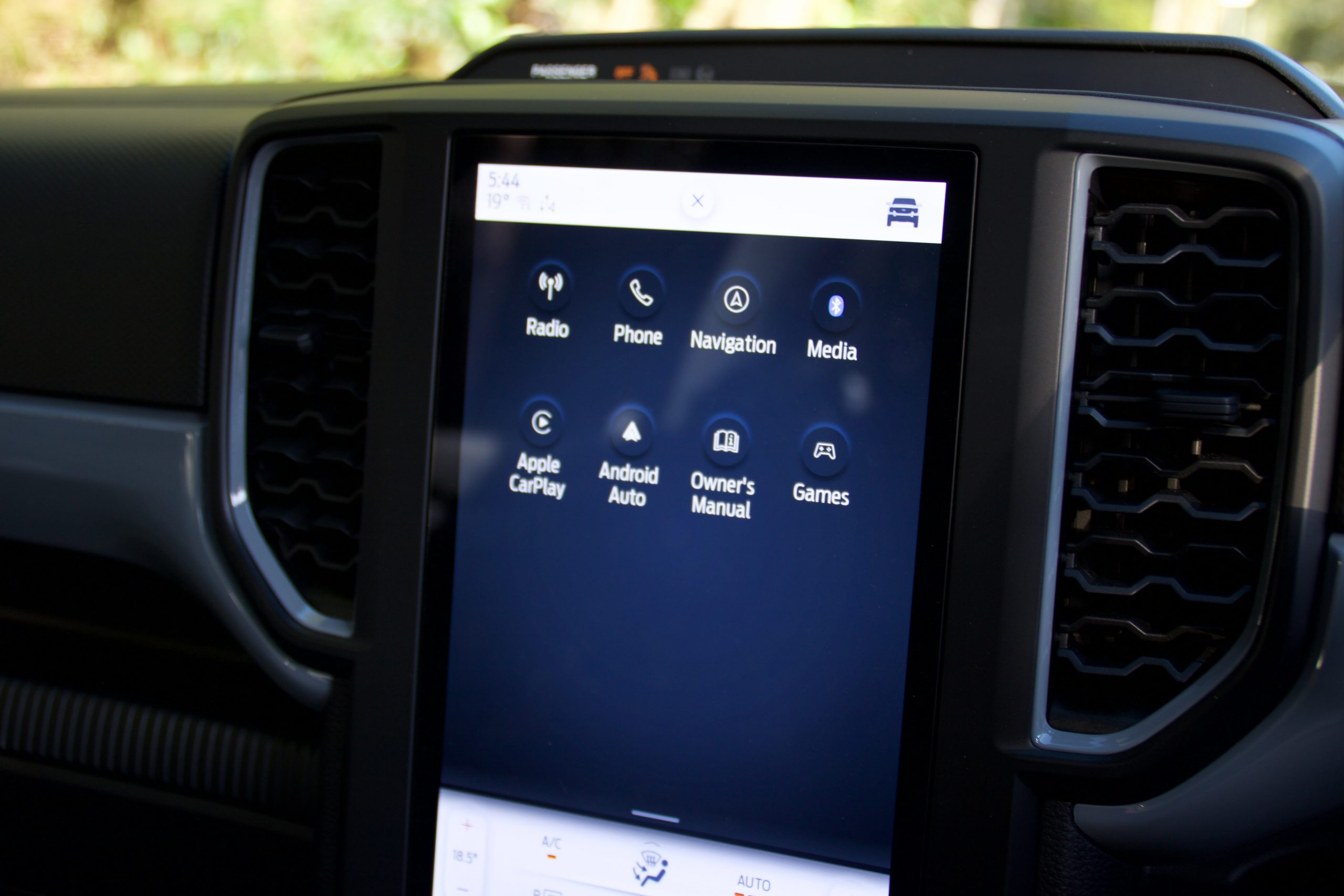
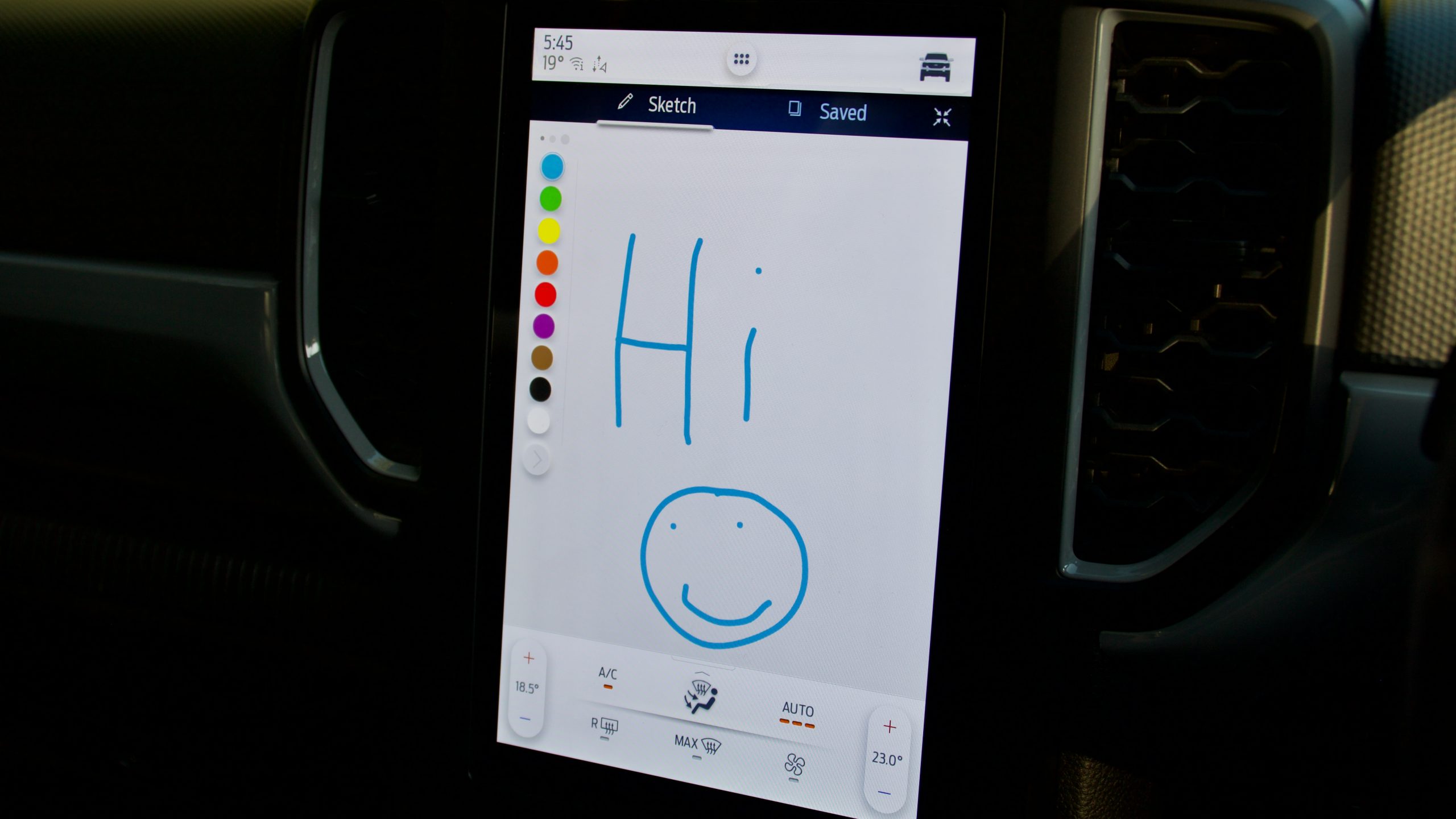
It’s here that makes the Ranger feel most modern against the dated and cumbersome touchscreens of pretty much all the Ranger’s rivals. There is also one USB-A port and one USB-C port in the dashboard for charging options, though no wireless charger of the upper-spec Sport.
The rear seats of the Ranger are quite comfortable with plenty of head and knee room for adults – more so than the BT-50 and D-Max twins – while there is also storage under the base of the seat and the backrest of the seat can fold down to fit more cumbersome items. Rear passengers get air vents thanks to the optional Tech Pack, a 12V socket for and large door bins, but no centre arm rest with cup holders.
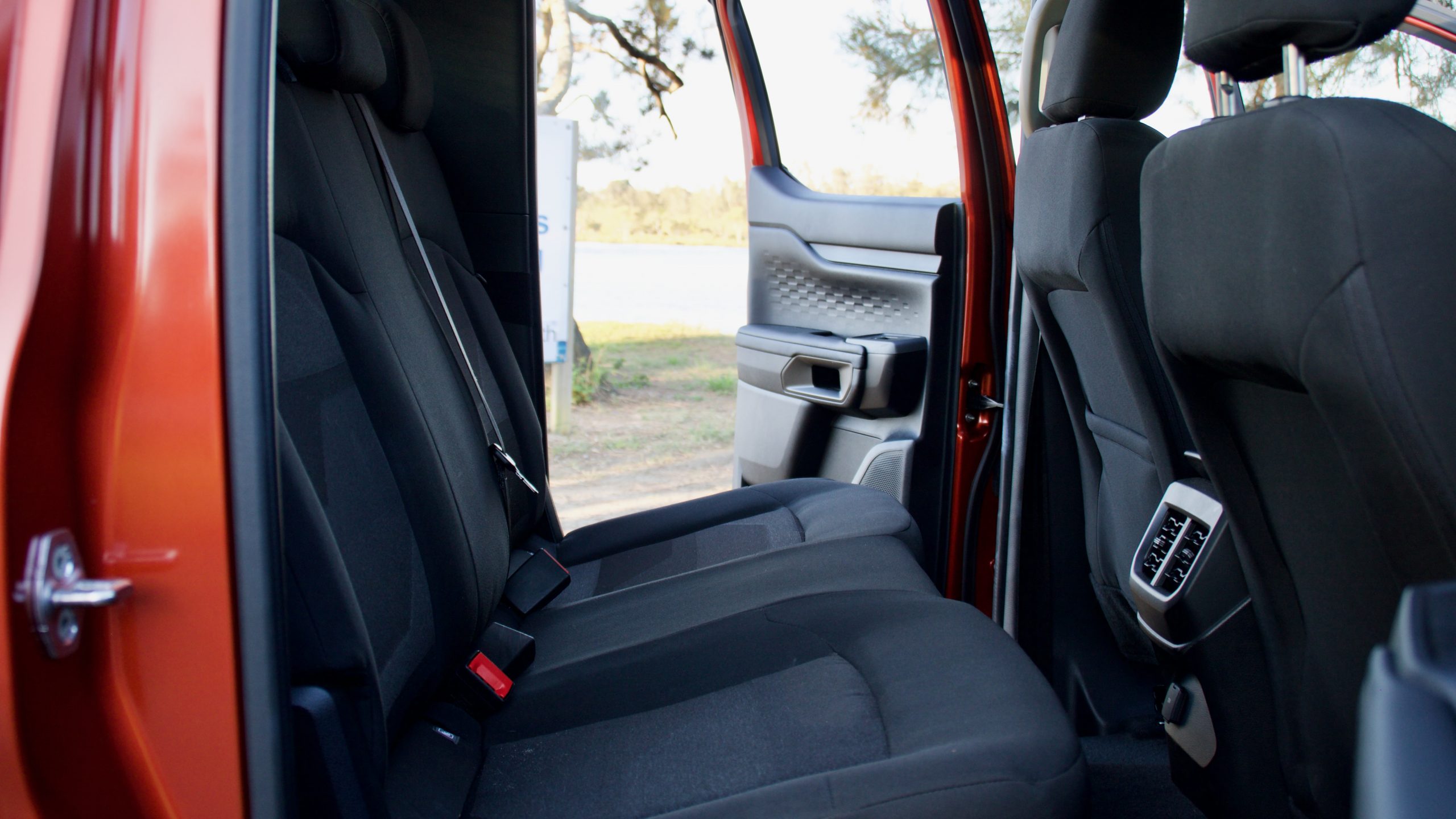
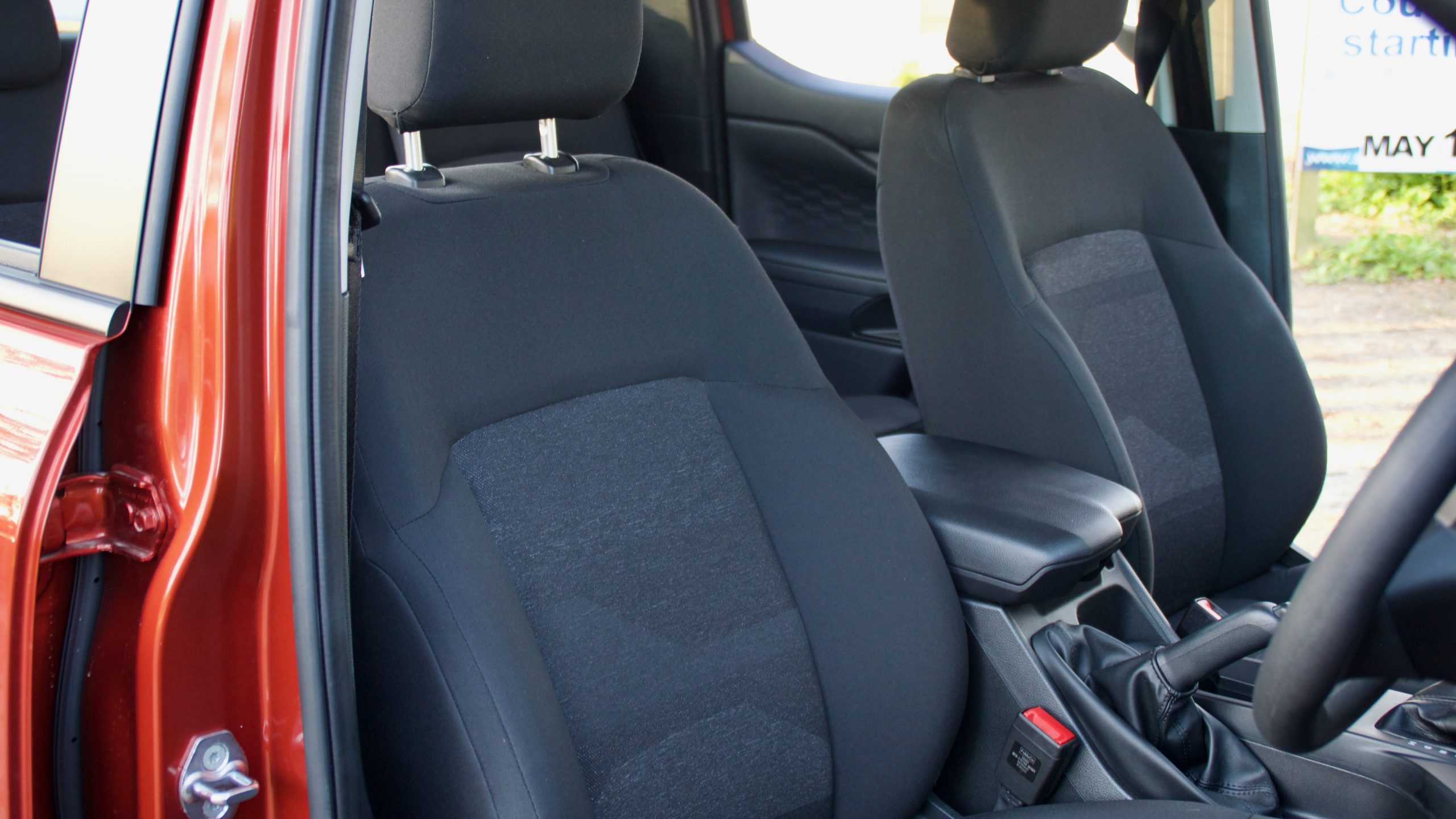
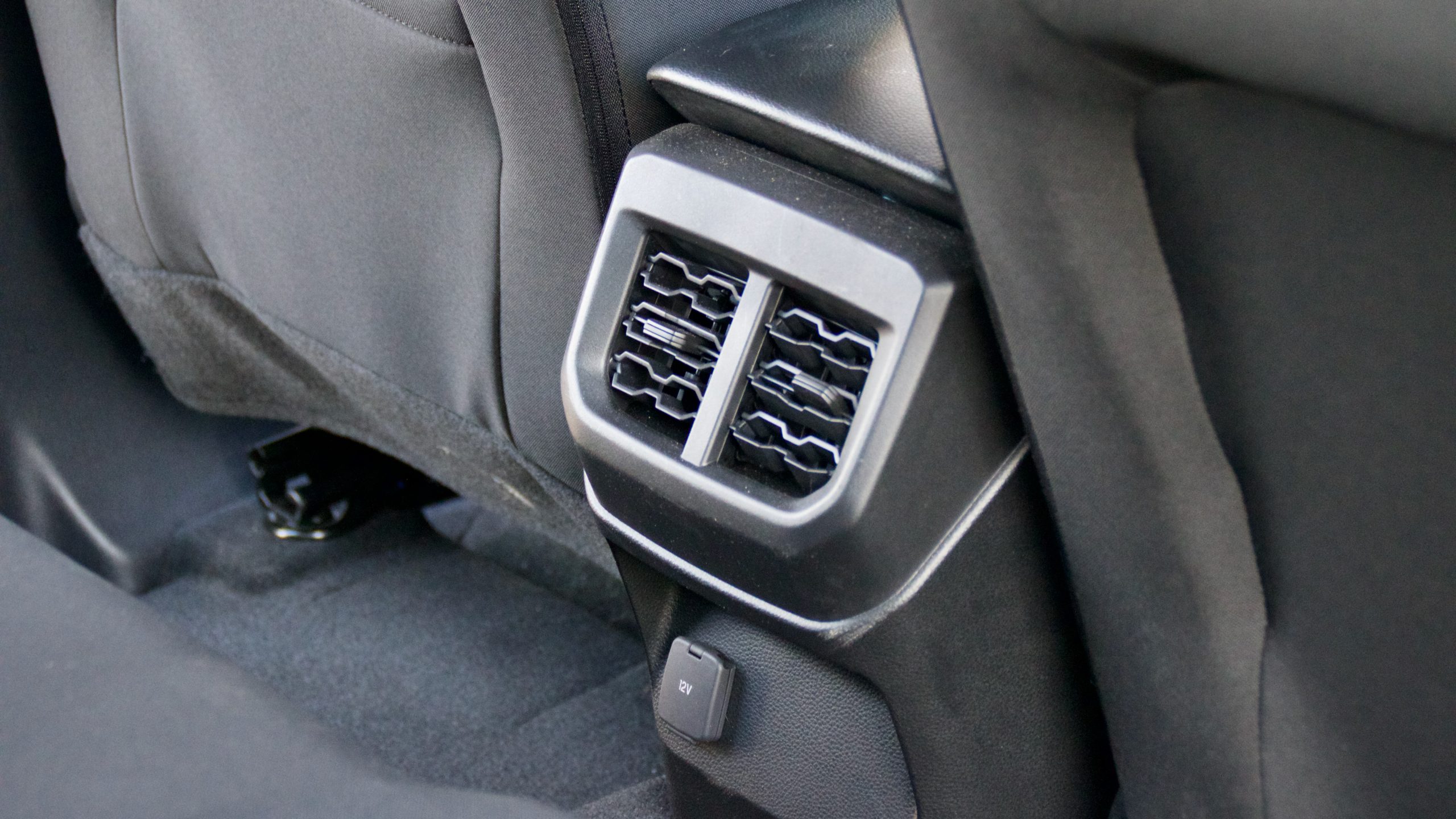
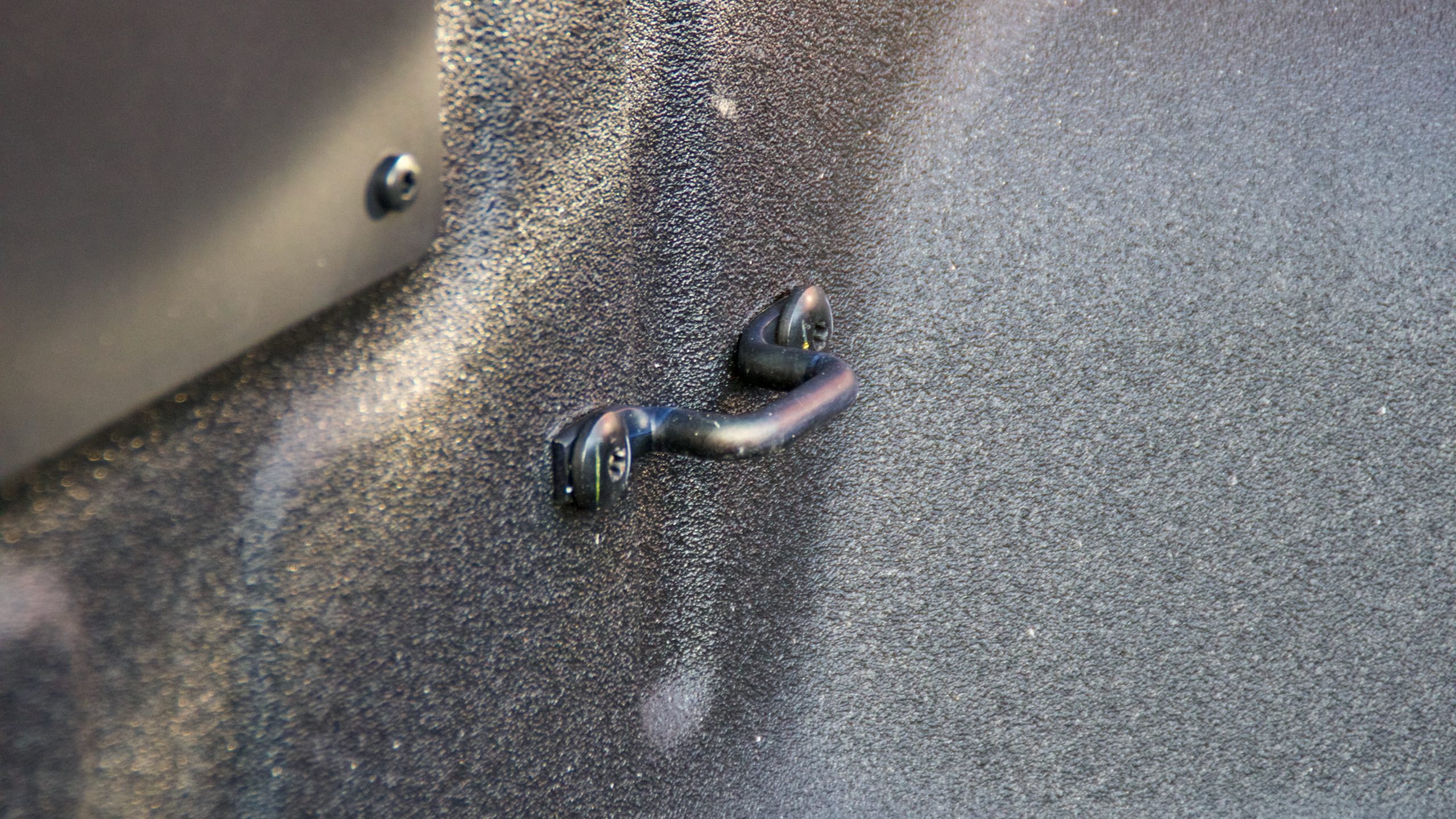
Opening the tray of the Ranger XLS reveals a larger tray than the model it replaces. We do wish the tailgate was soft opening, but it’s an otherwise positive story. As we mentioned earlier, a spray in bed liner is optional (we would recommend ticking that option), while there are also tie down hooks, LED lighting and clamping points. The tray is 1,200mm long and 800mm wide (between the arches) and can now fit a Euro-sized pallet.
Service & Warranty: 9/10
Like other new Ford models, the 2022 Ford Ranger XLS comes with a five-year/unlimited km warranty with 12 months of roadside assistance that’s topped up to seven years in total if serviced through a Ford dealer. Mazda gives you five years of both warranty and roadside assistance, while Isuzu gives you six years of warranty and seven years of roadside assistance.
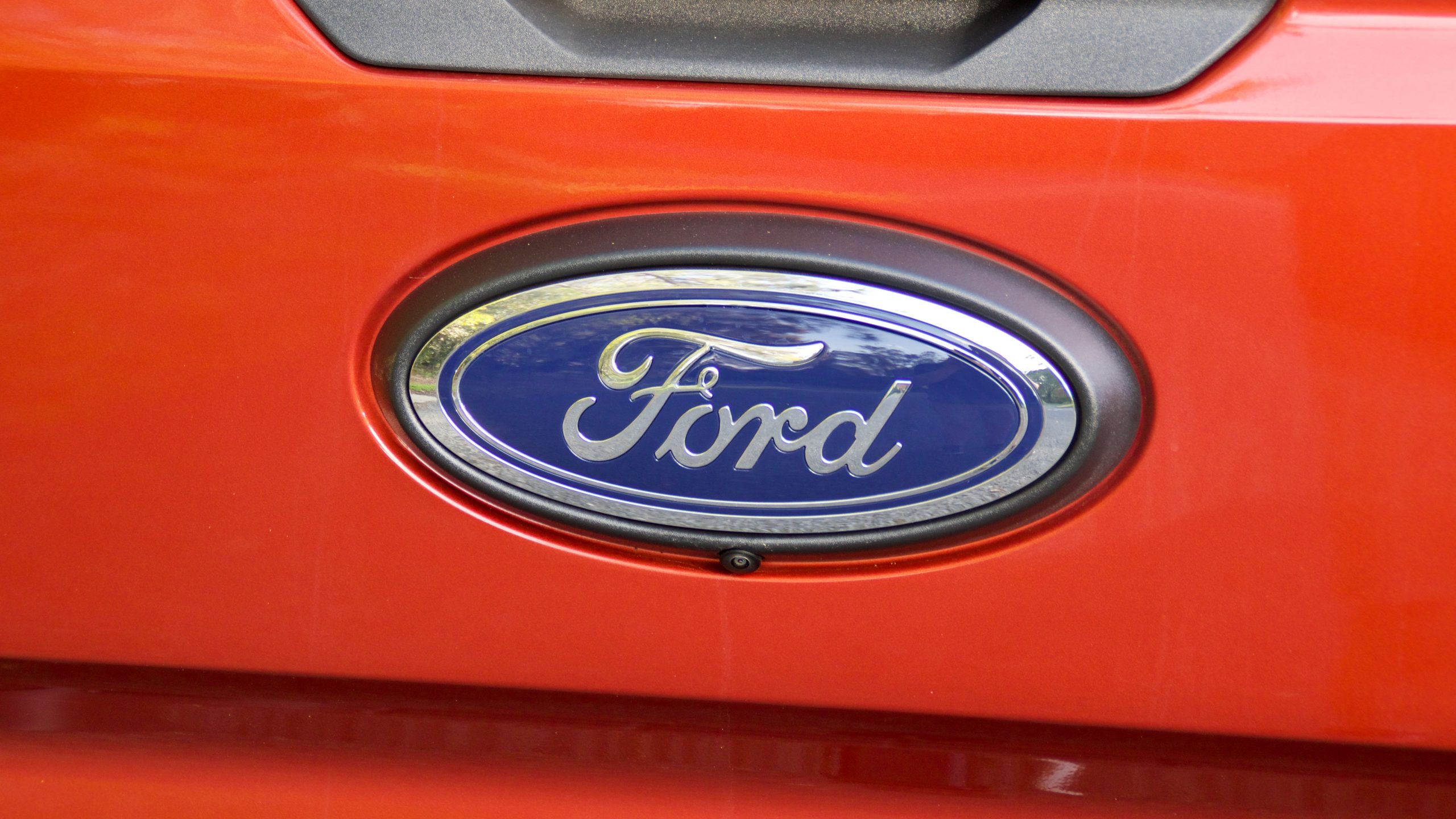
But we think the Ranger is as good as utes get for an overall service and warranty package – while both the D-Max has a longer warranty, the Ranger has 15,000km service intervals too and cheaper servicing for the first five years/75,000km: $1,696 ($339 per service). The D-Max costs $2,315 to service over five years/75,000km ($463 per service), while the BT-50 costs $2,365 ($473 per service).
The 2022 Ford Ranger XLS DiscoverAuto Rating: 8.2/10
As we’ve found out with higher-up models, the 2022 Ford Ranger XLS is a great ute that’s very fit for purpose. Like its higher specced siblings, the Ranger XLS has a wide range of positive attributes: its ride and handling balance is excellent, its 2.0-litre bi-turbo diesel engine is grunty and refined, its cabin is good quality and packed full of technology and it’s also well very equipped with active safety equipment.
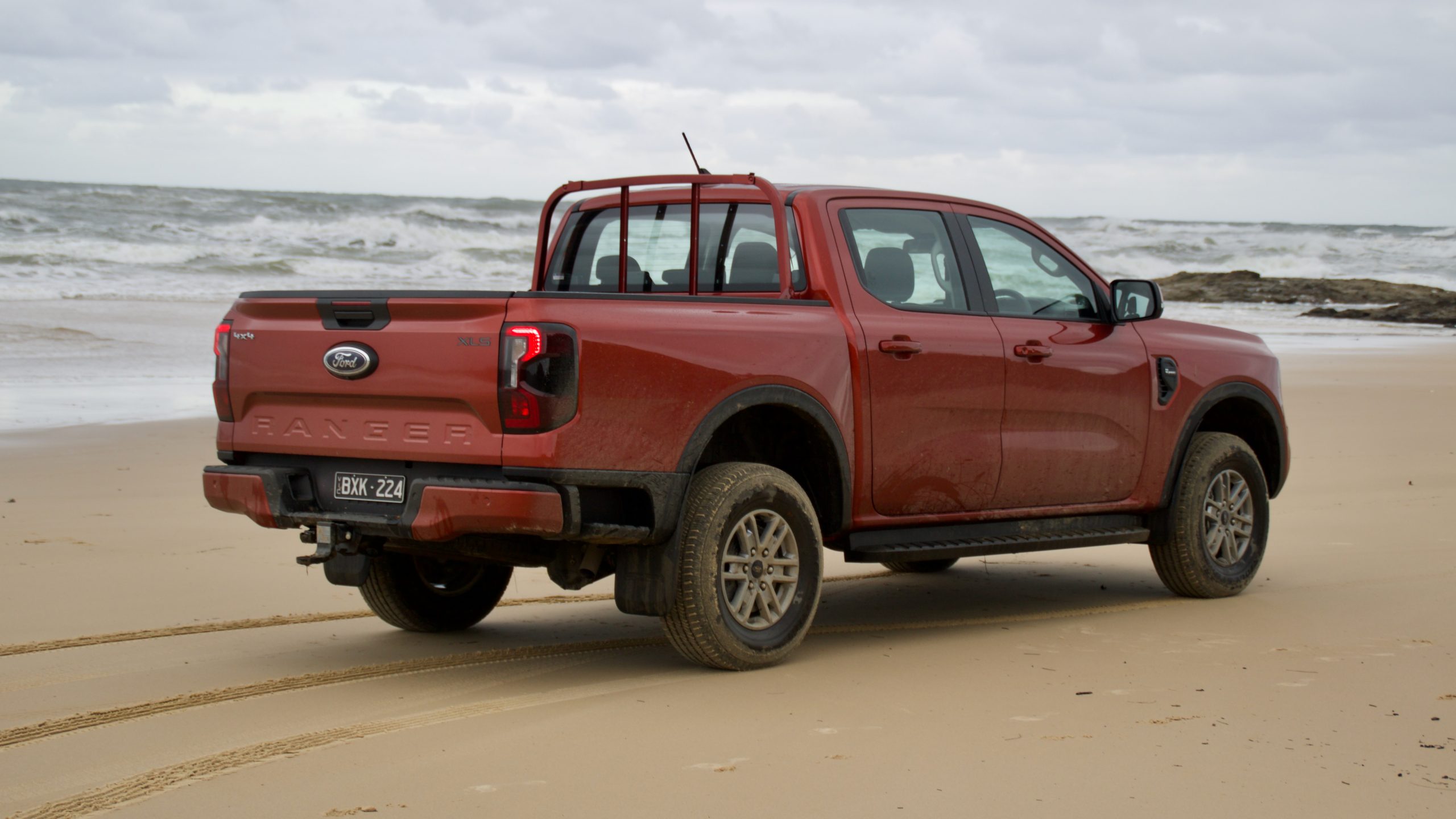
It performed extremely well on 1,200km our road trip north of Sydney, battling massive amounts of rain, both off-road and beach driving and lots of highway miles. Put simply: it didn’t miss a beat, and was quiet and comfortable the whole time. What shines through is Ford Australia’s talent of engineering – from the well tuned safety systems to the great ride quality that takes it a level higher than rivals. Our only concerns with the XLS are to do with the value equation – an XLT makes more financial sense, despite being priced higher. But regardless of spec, the new Ford Ranger is an excellent product – plain and simple.

Leave a Reply